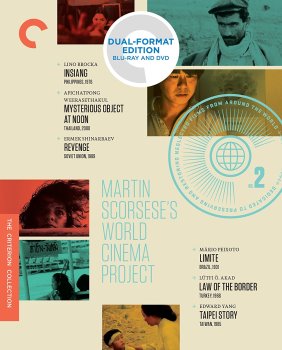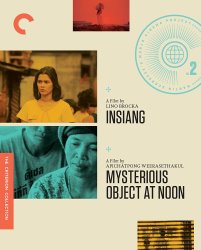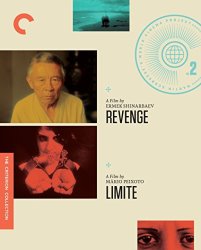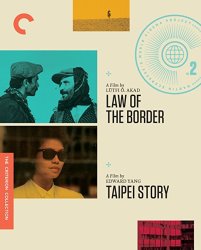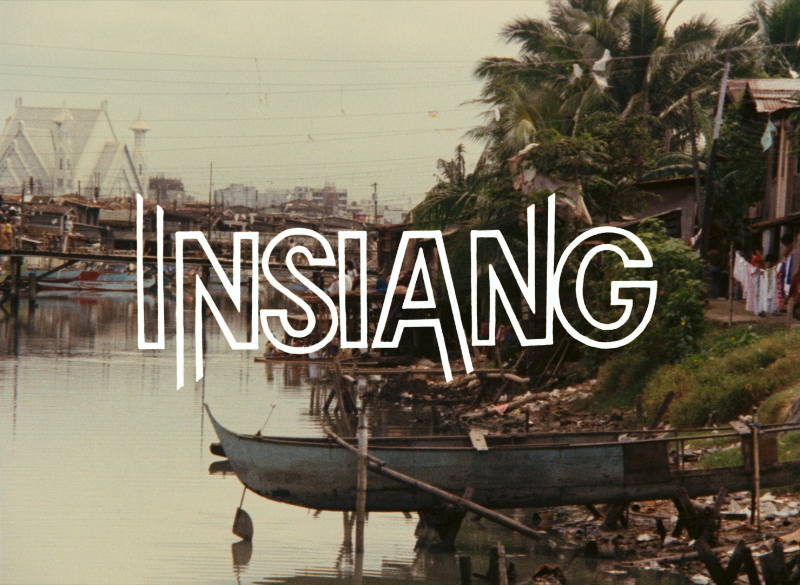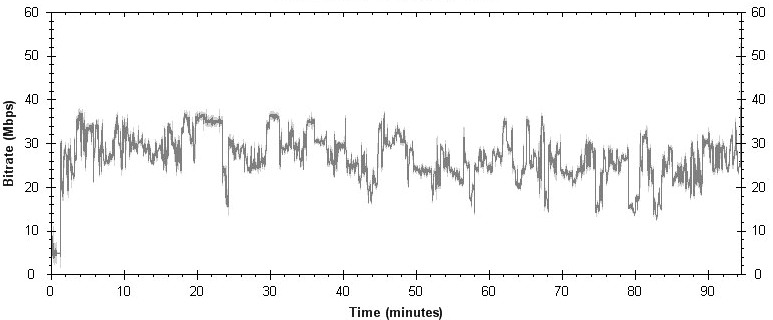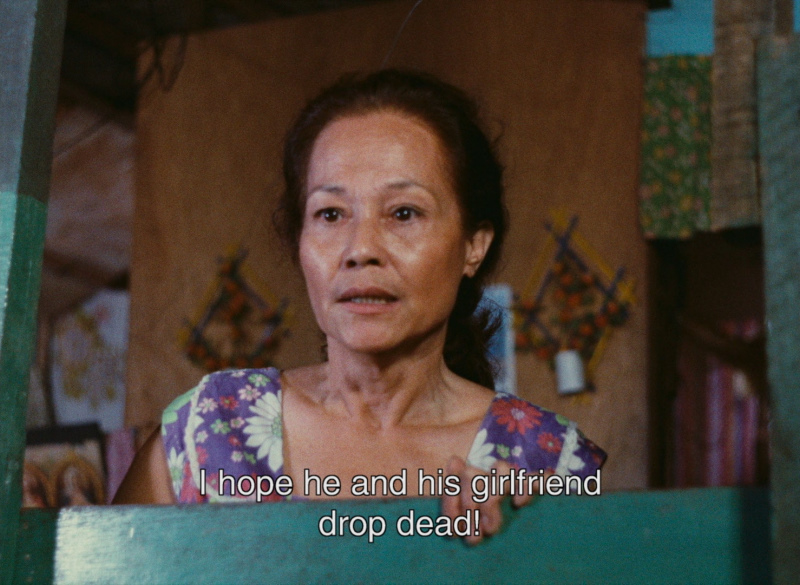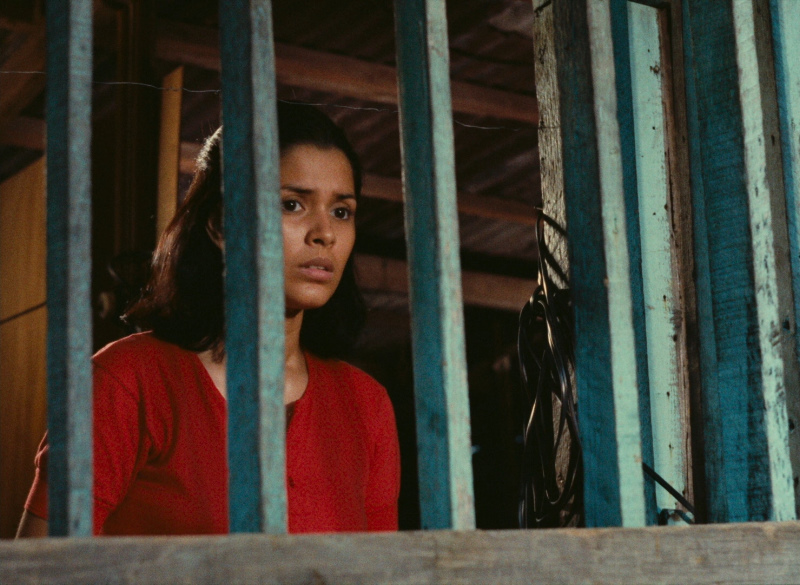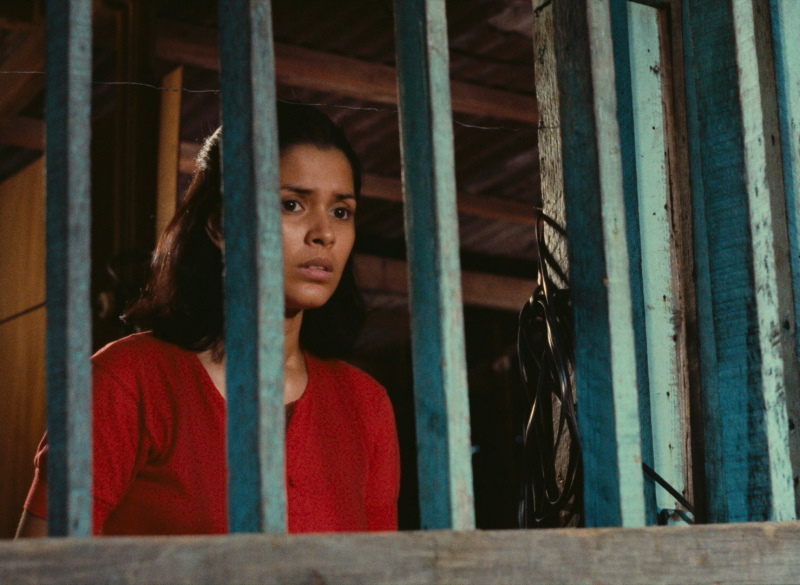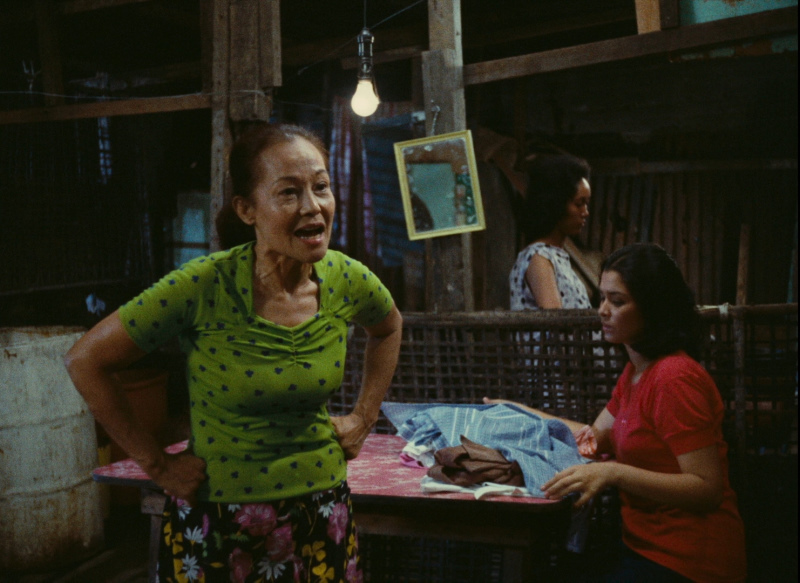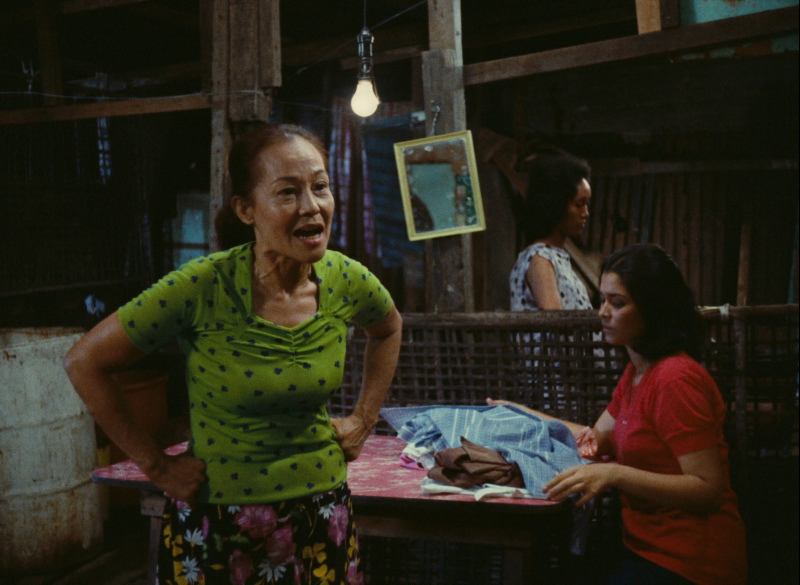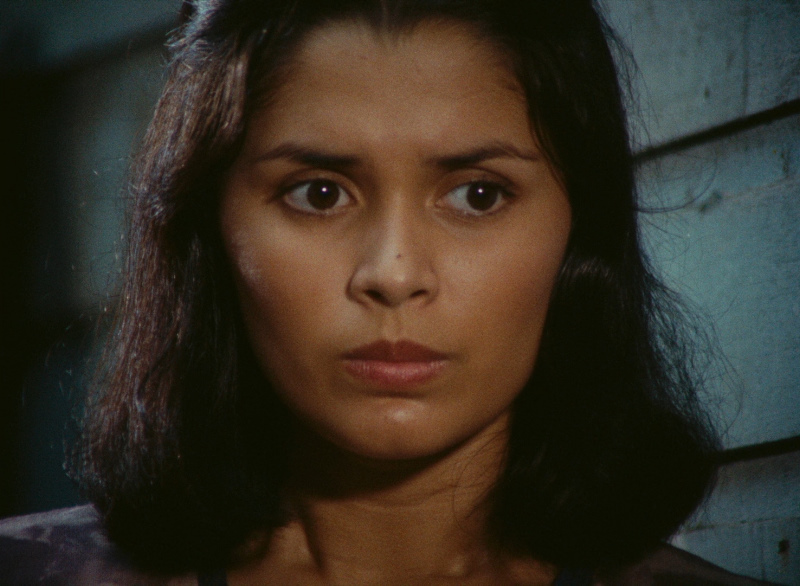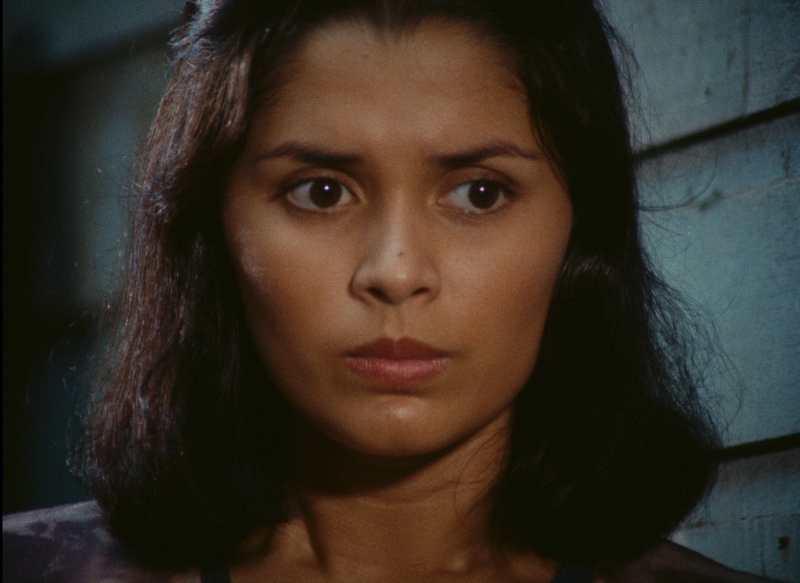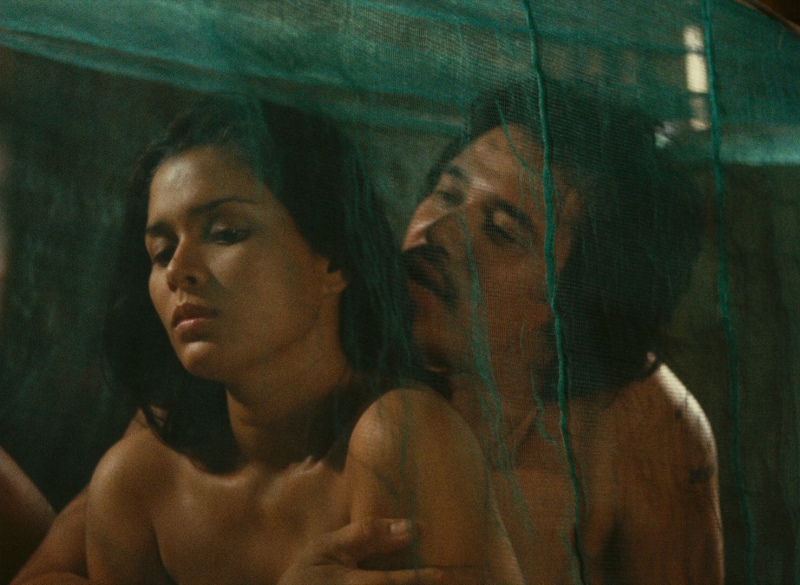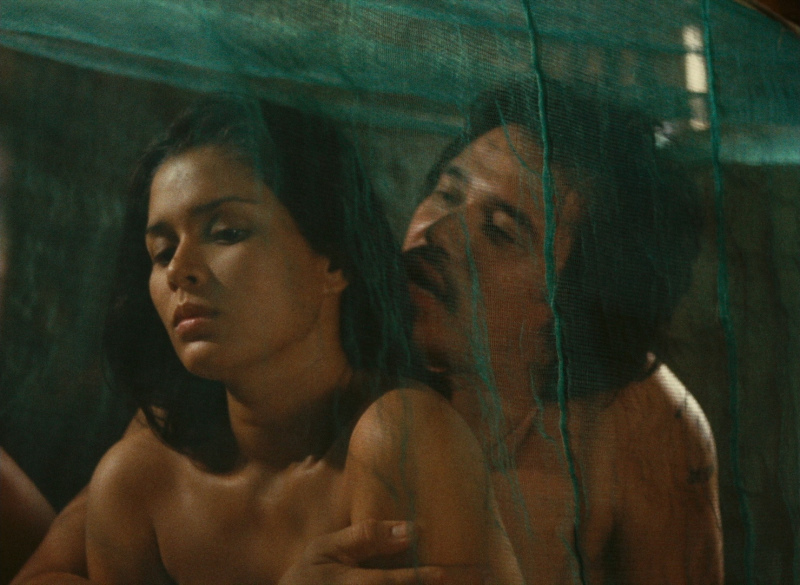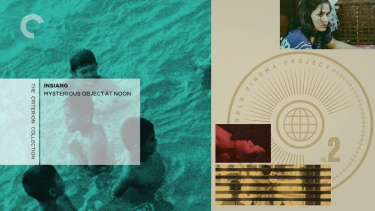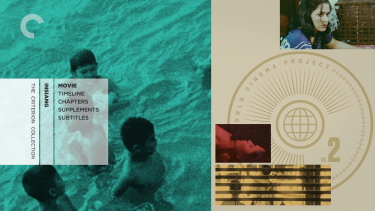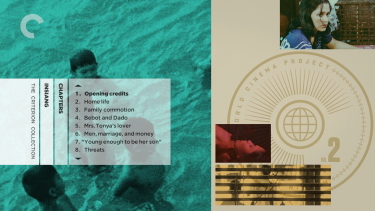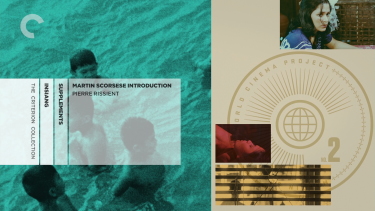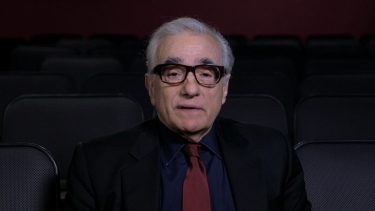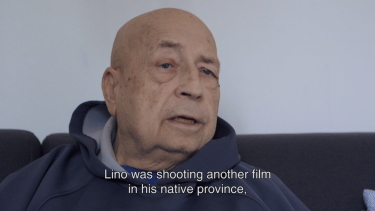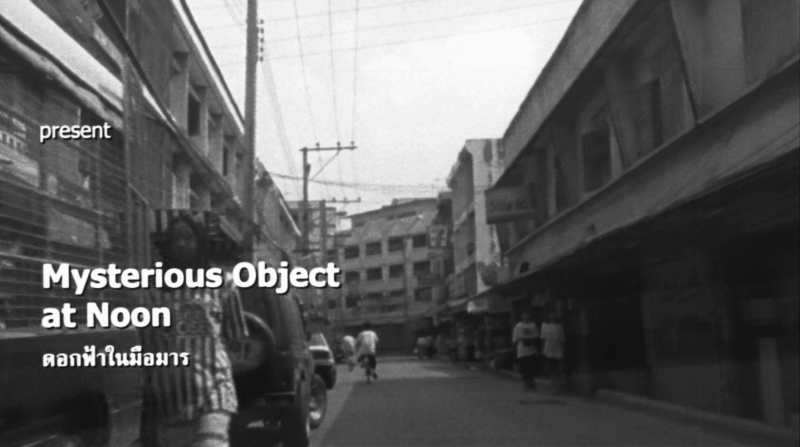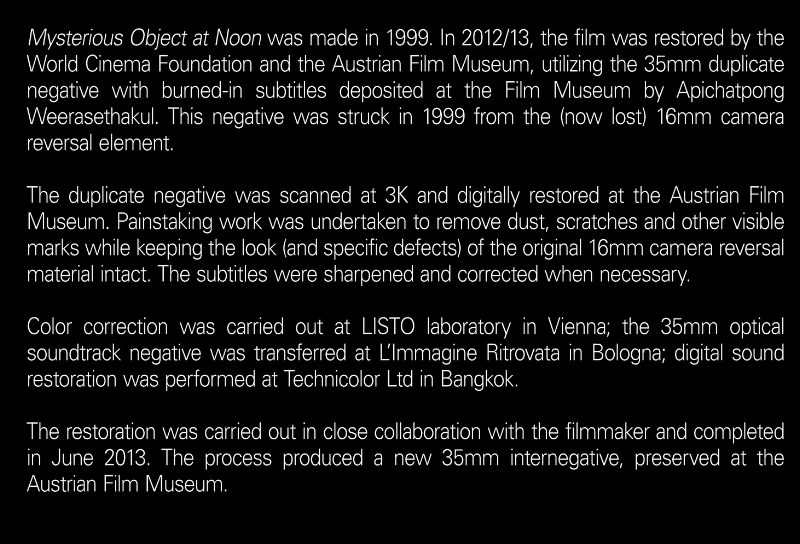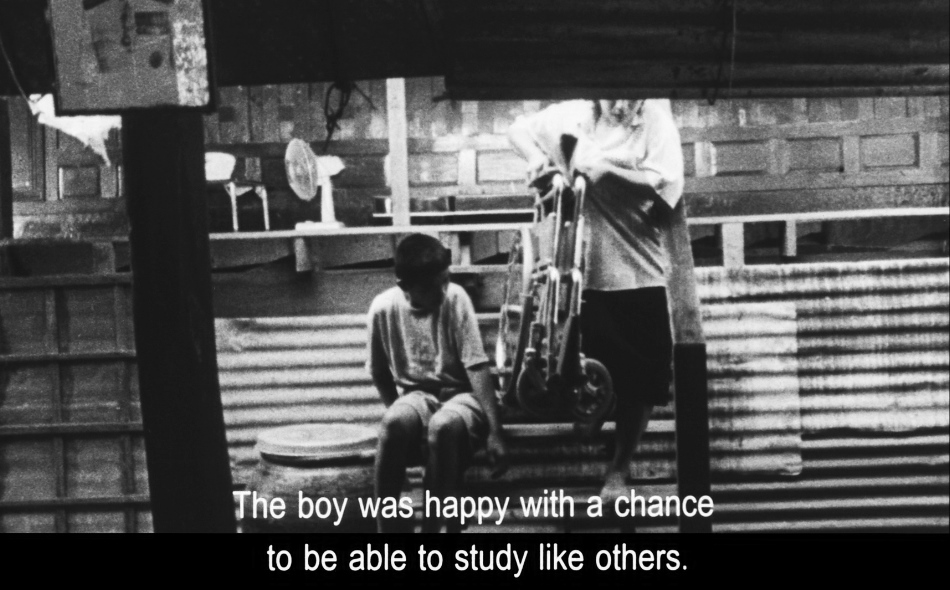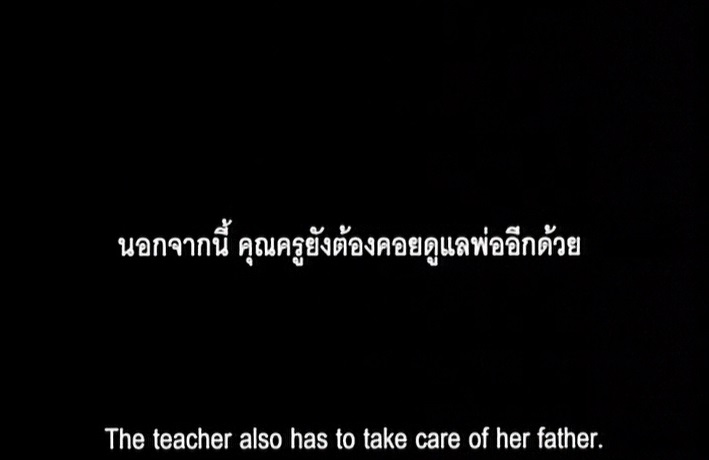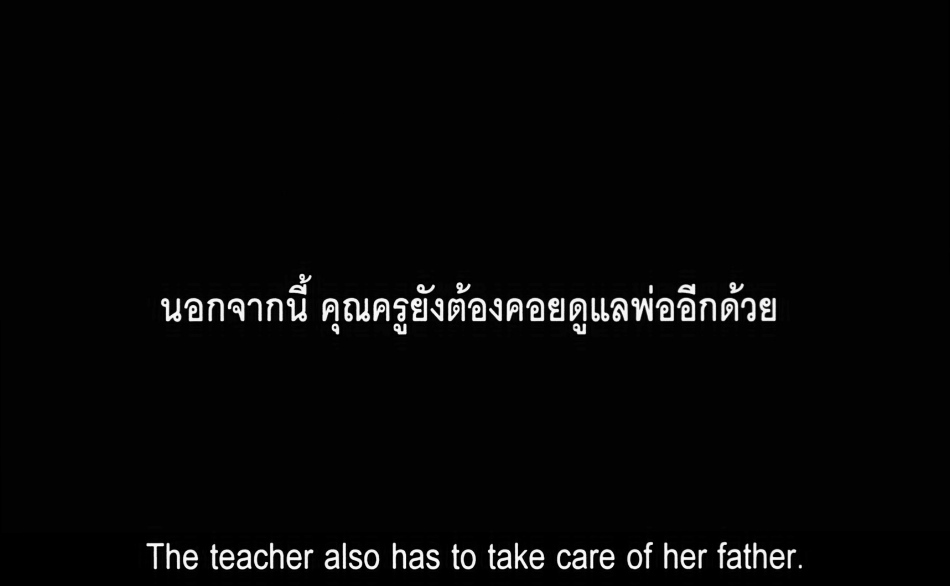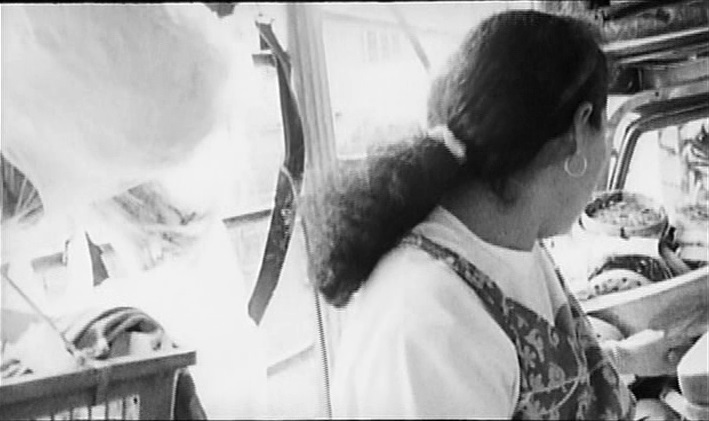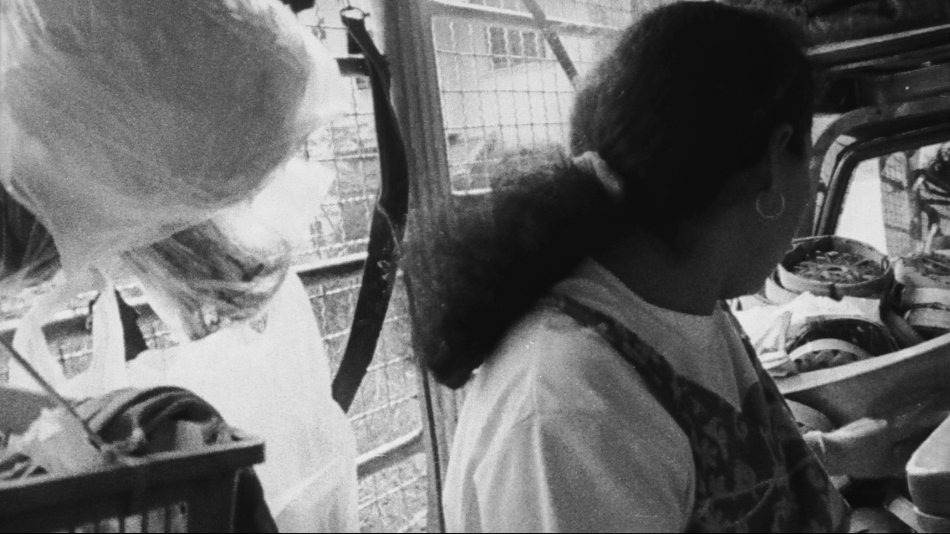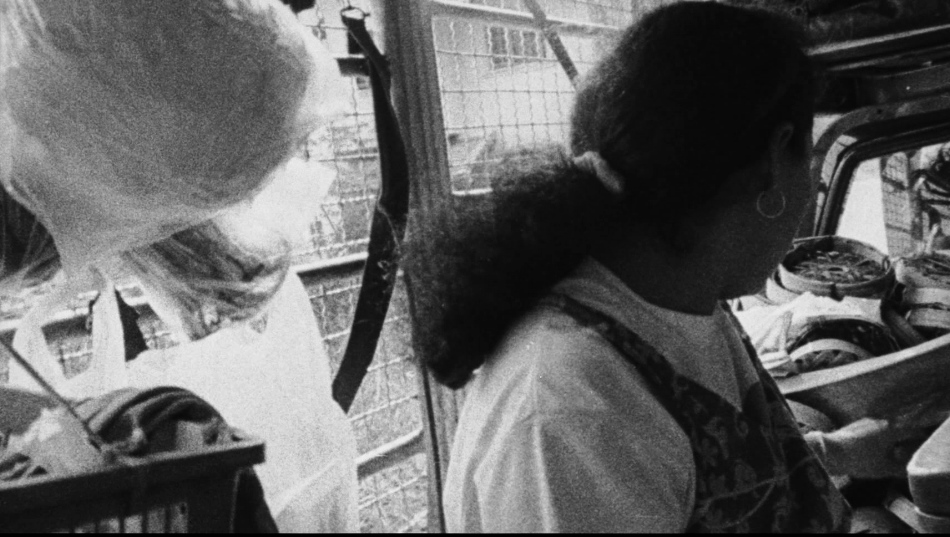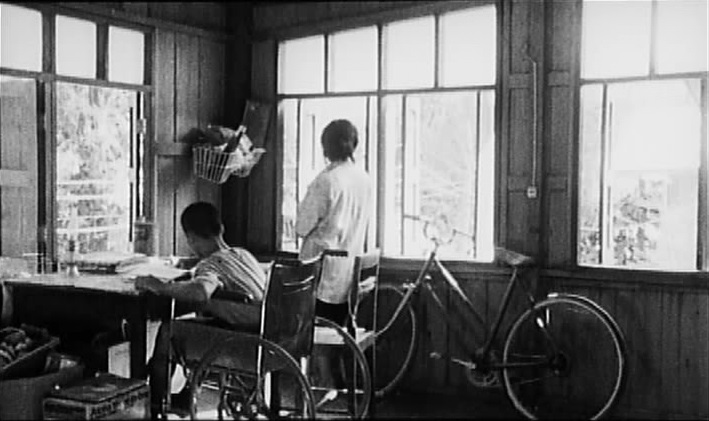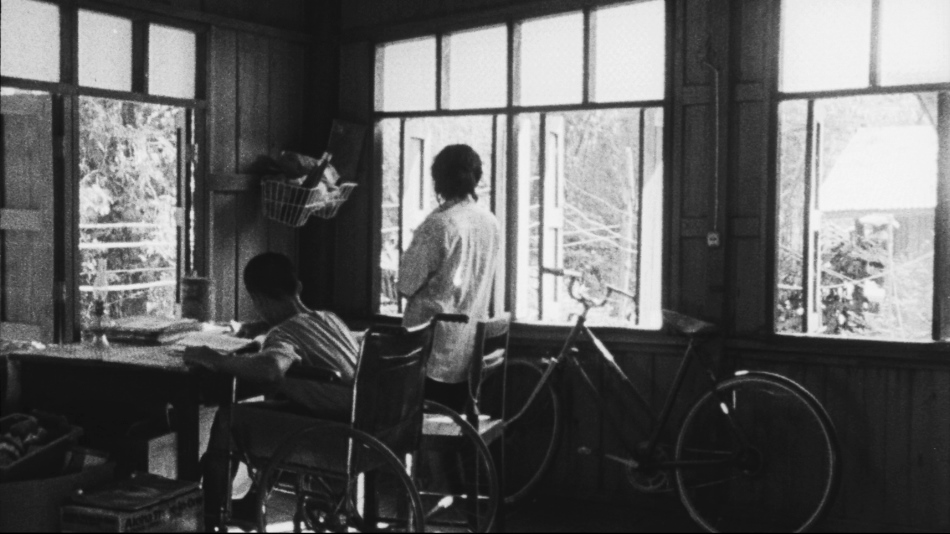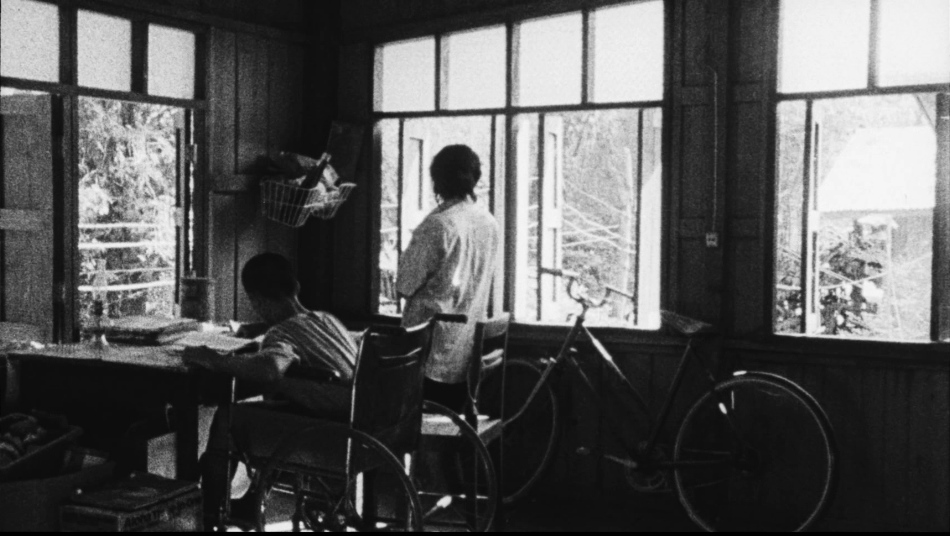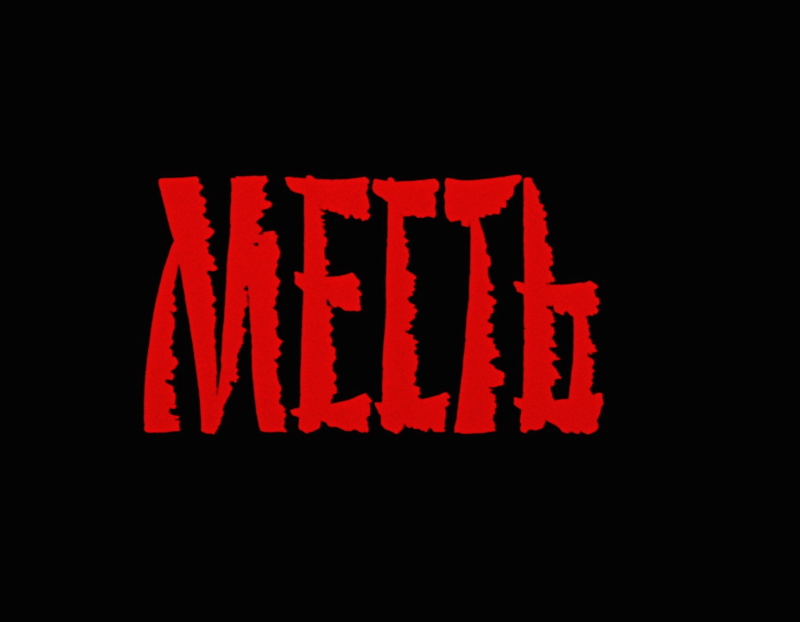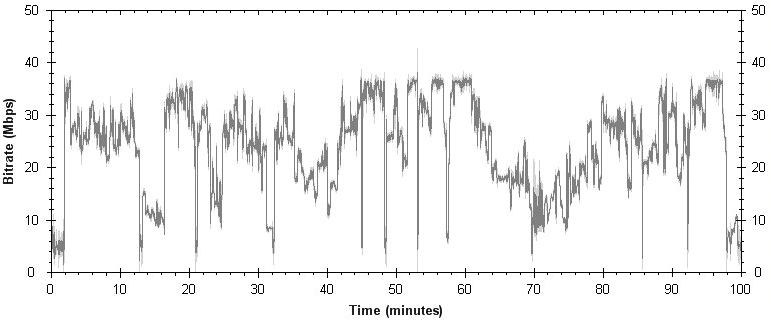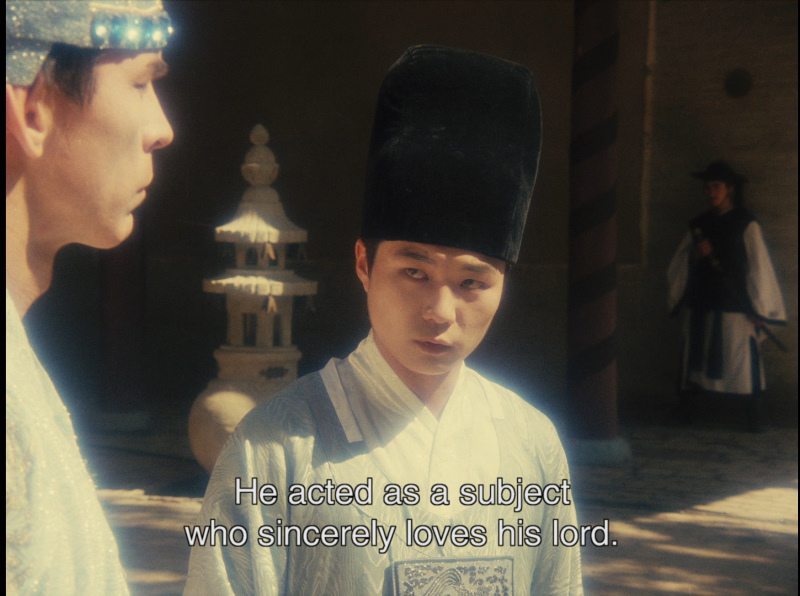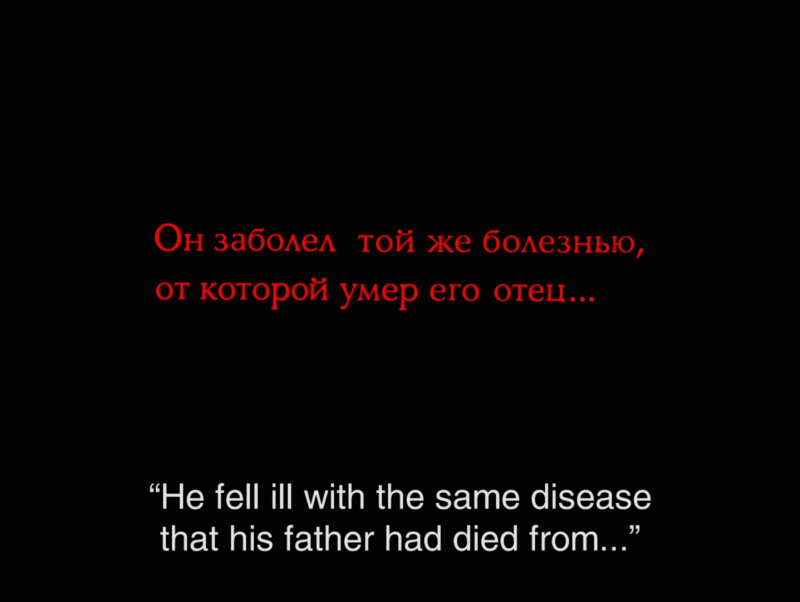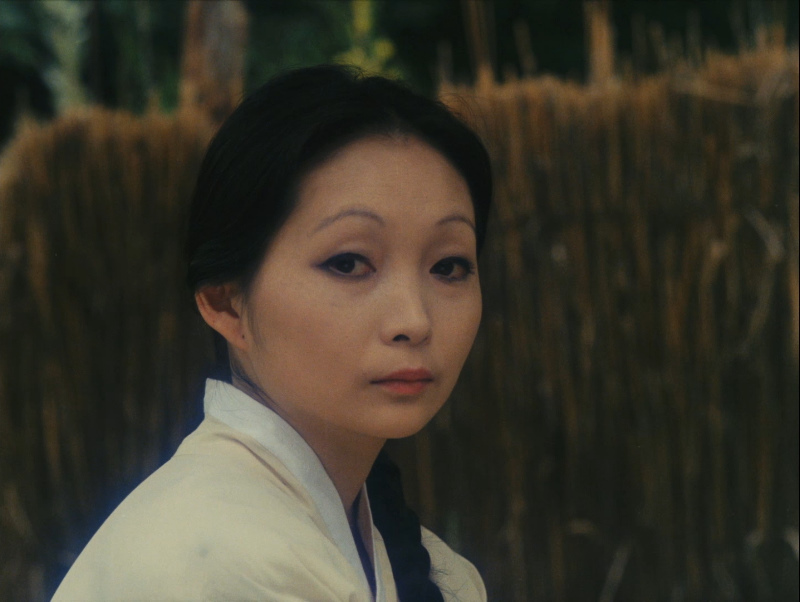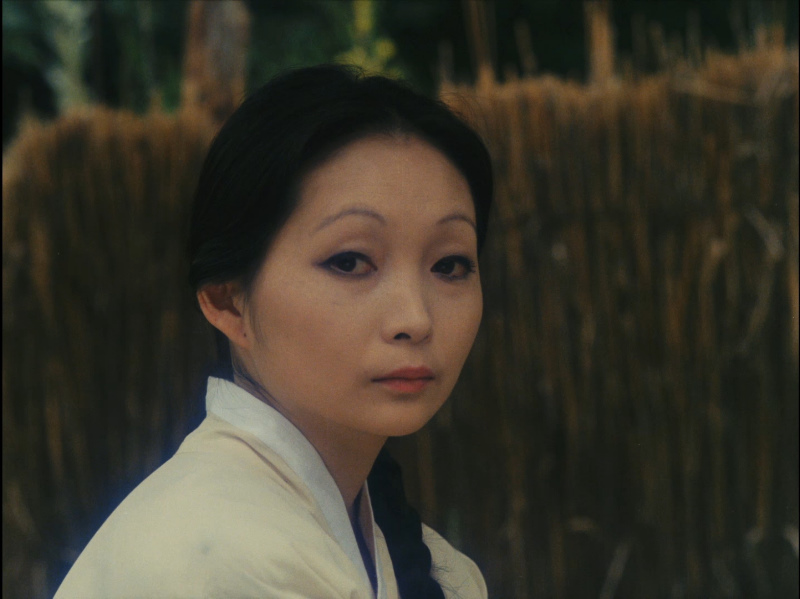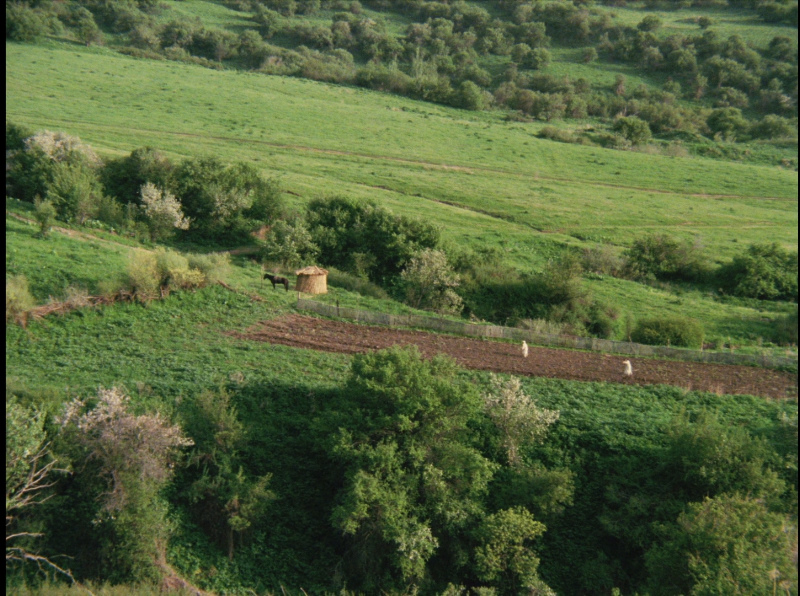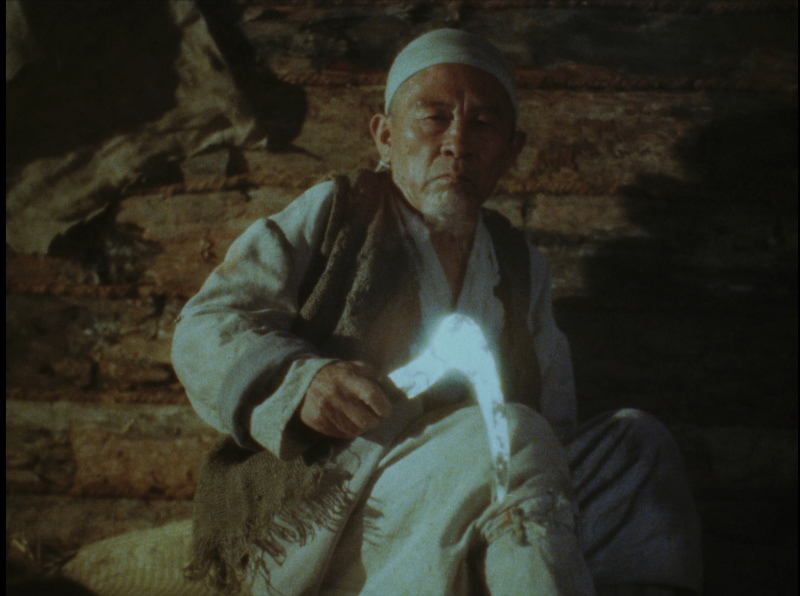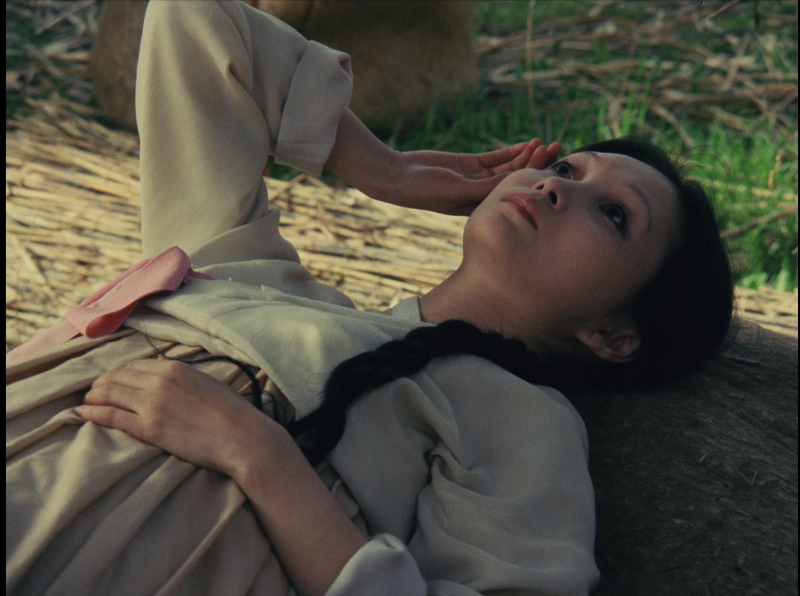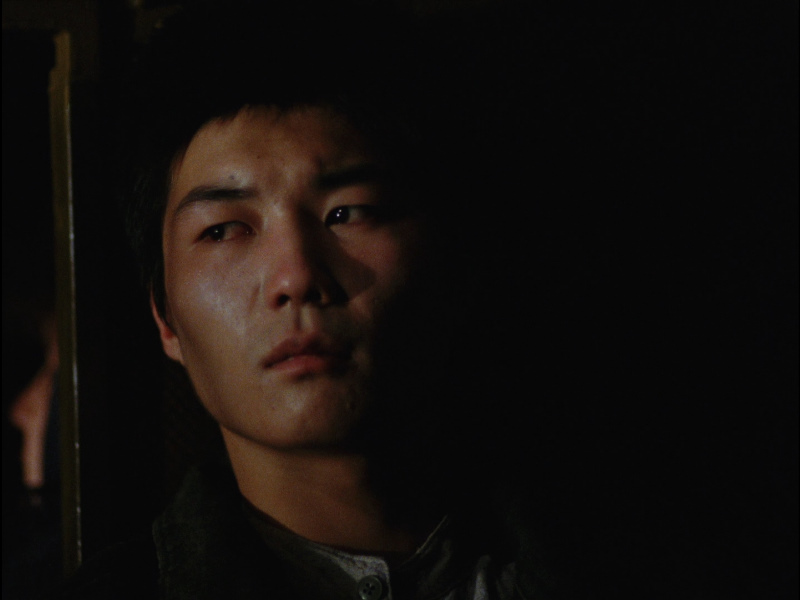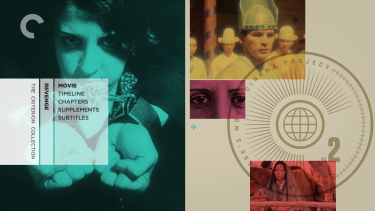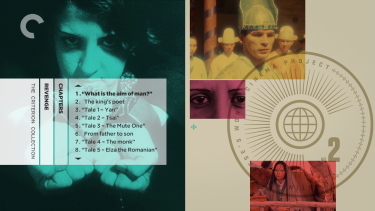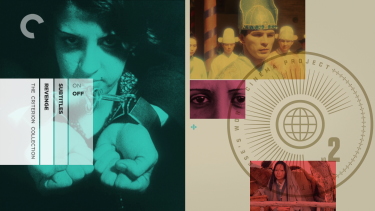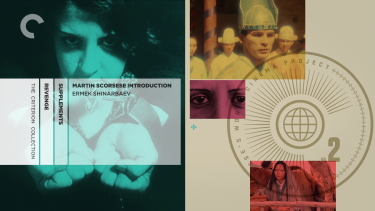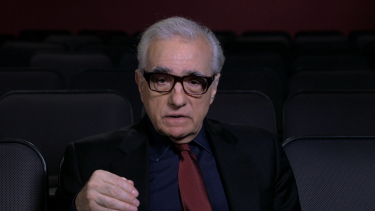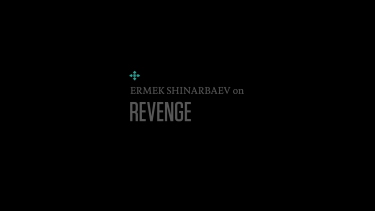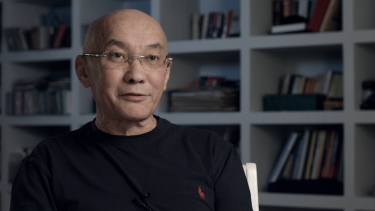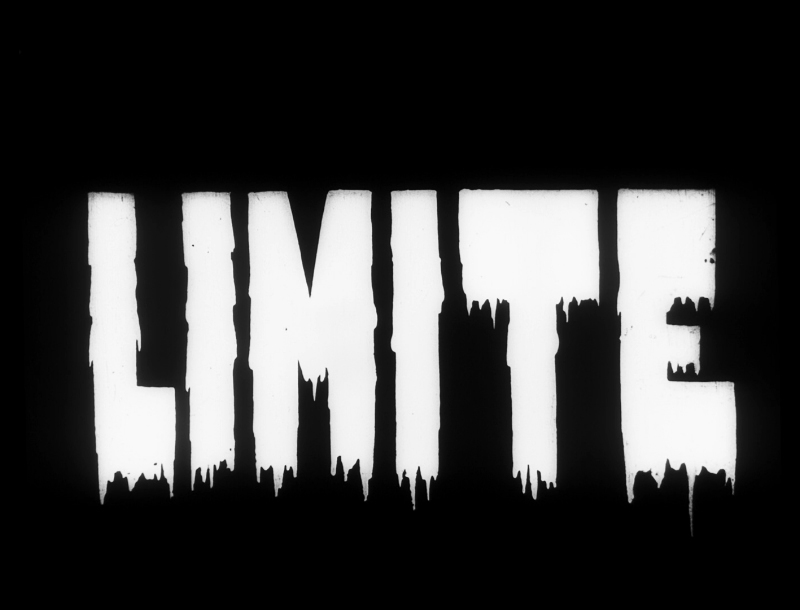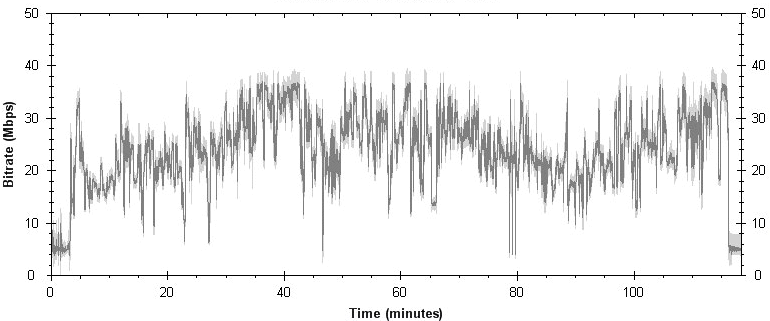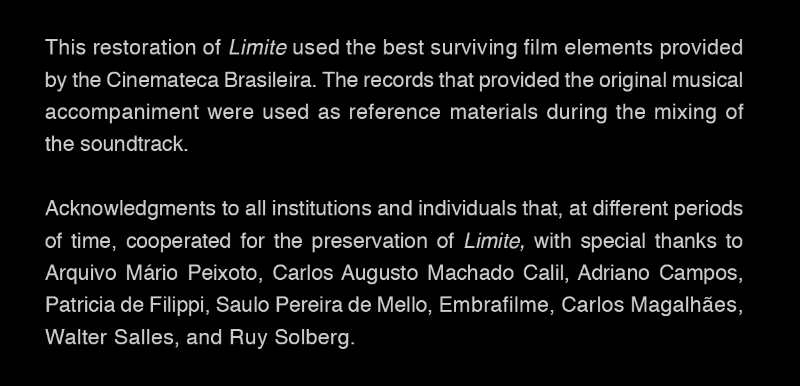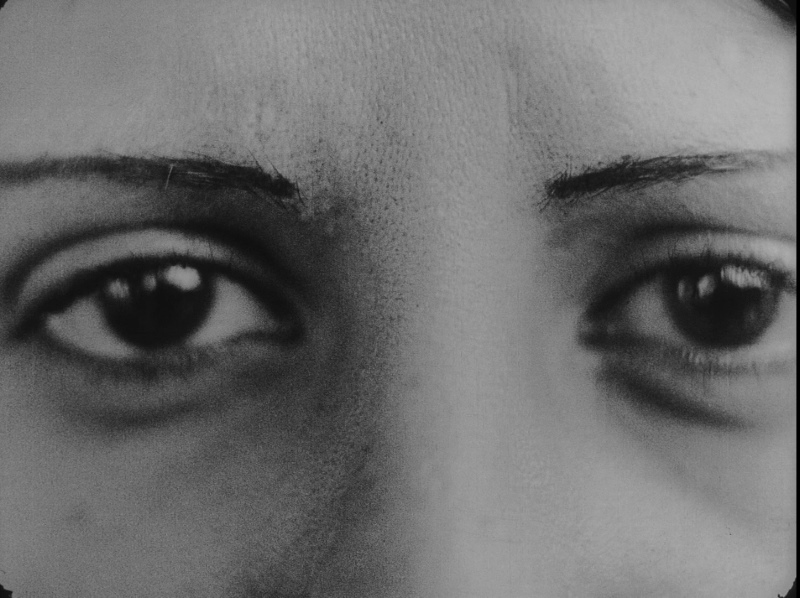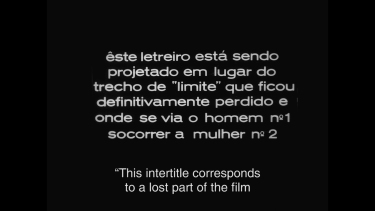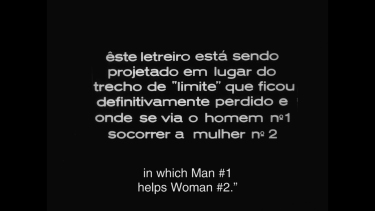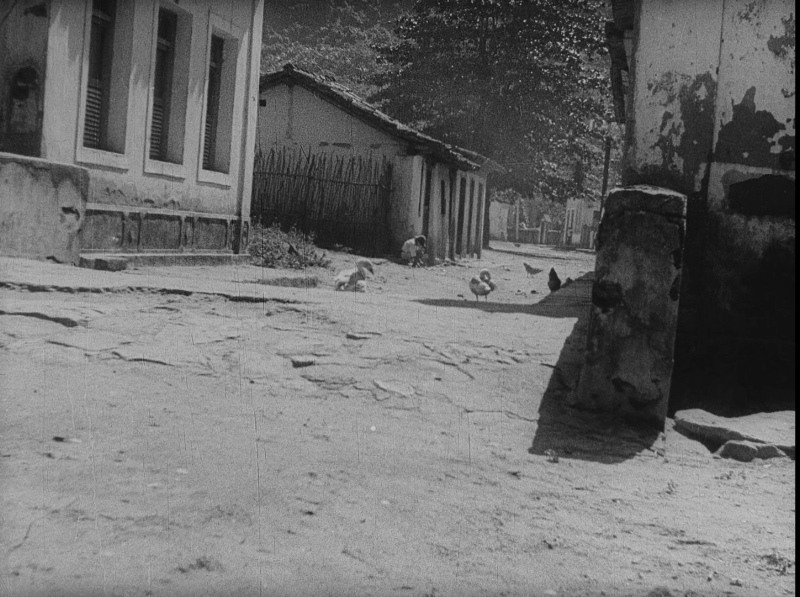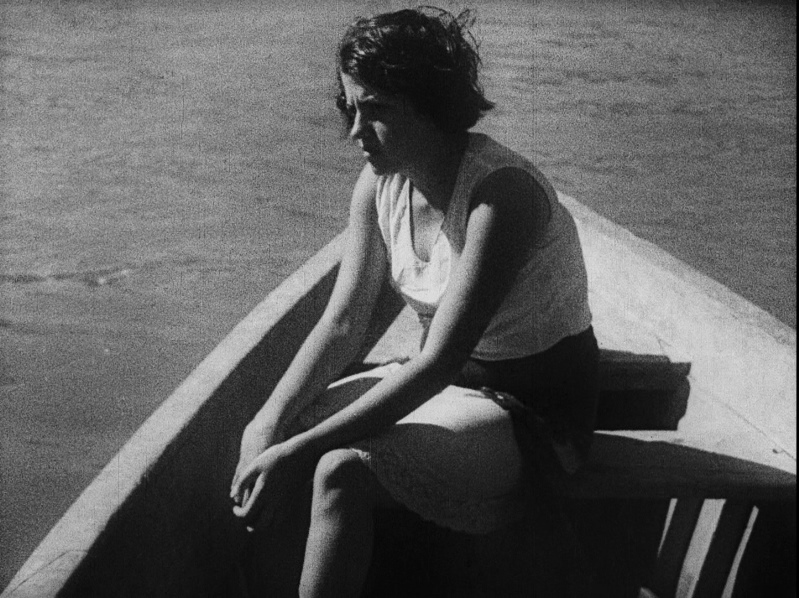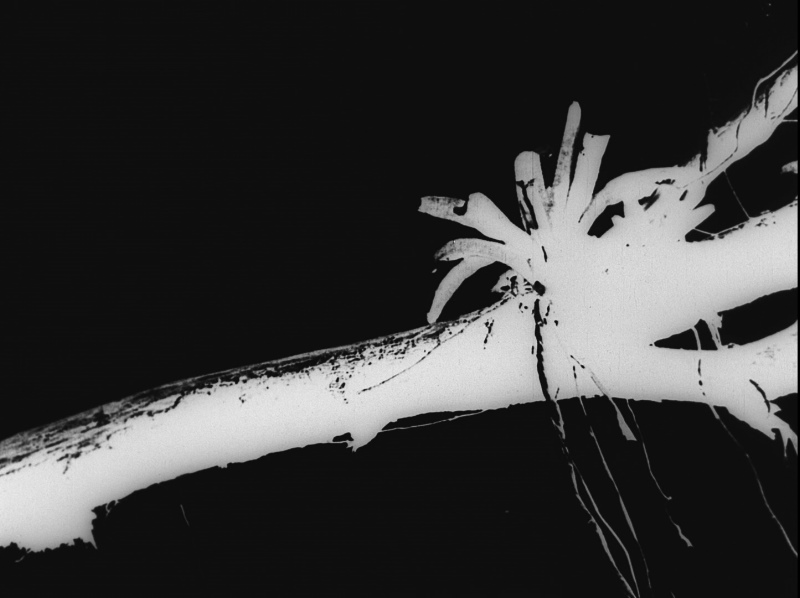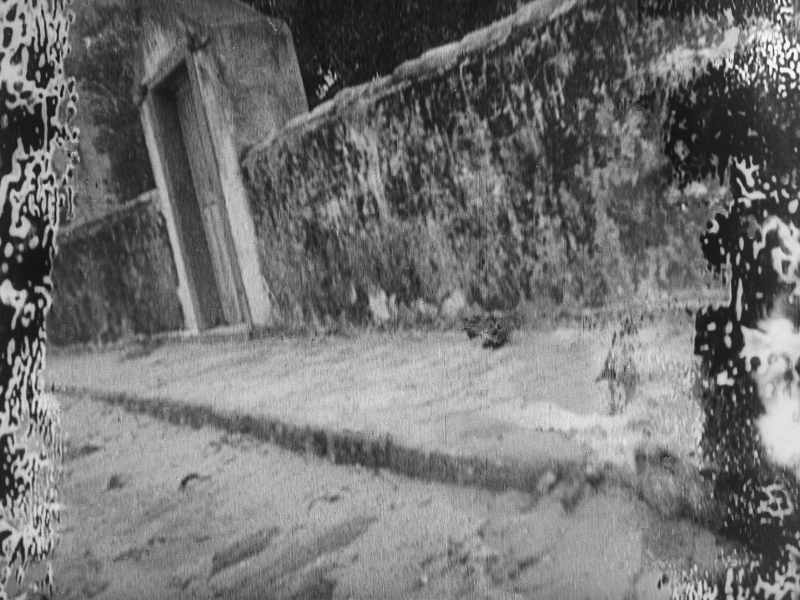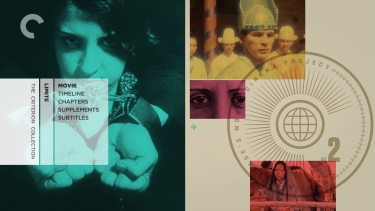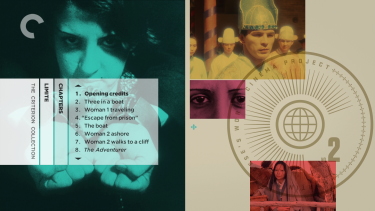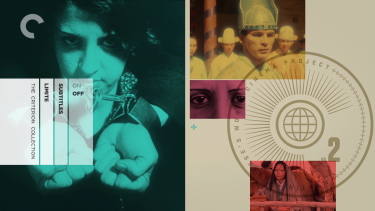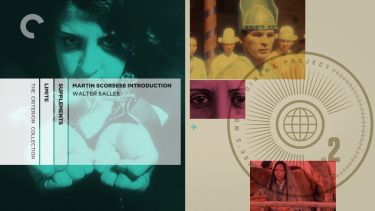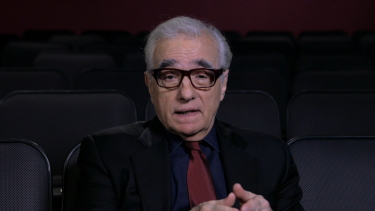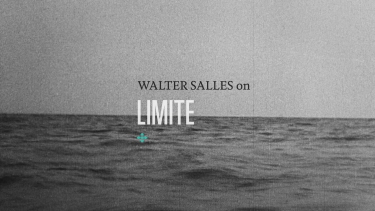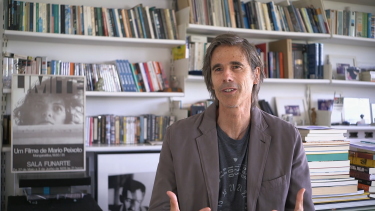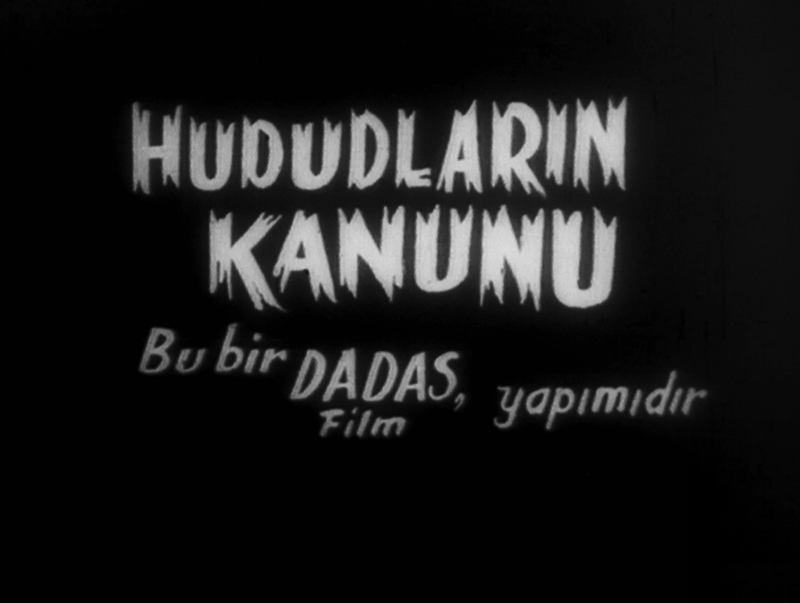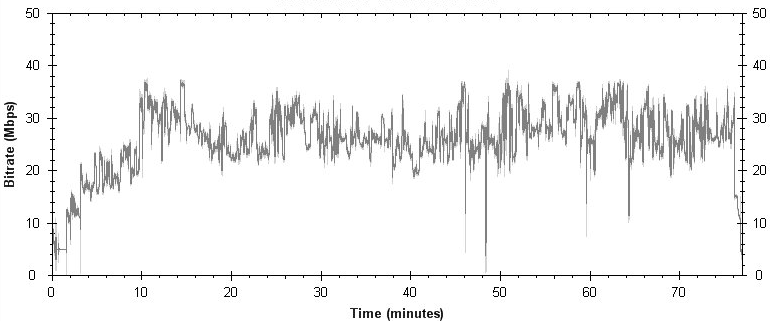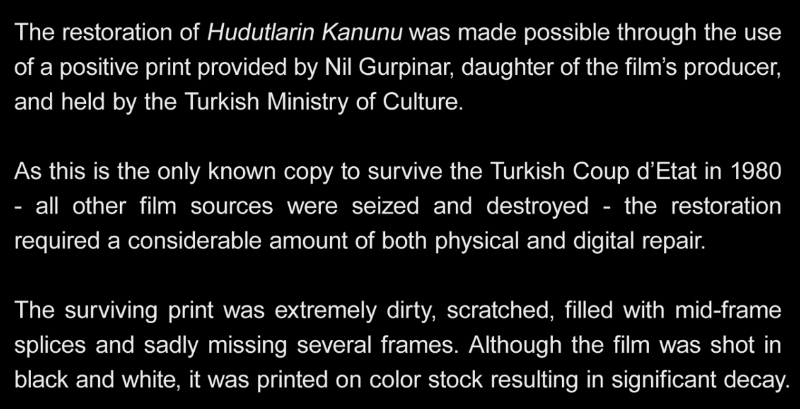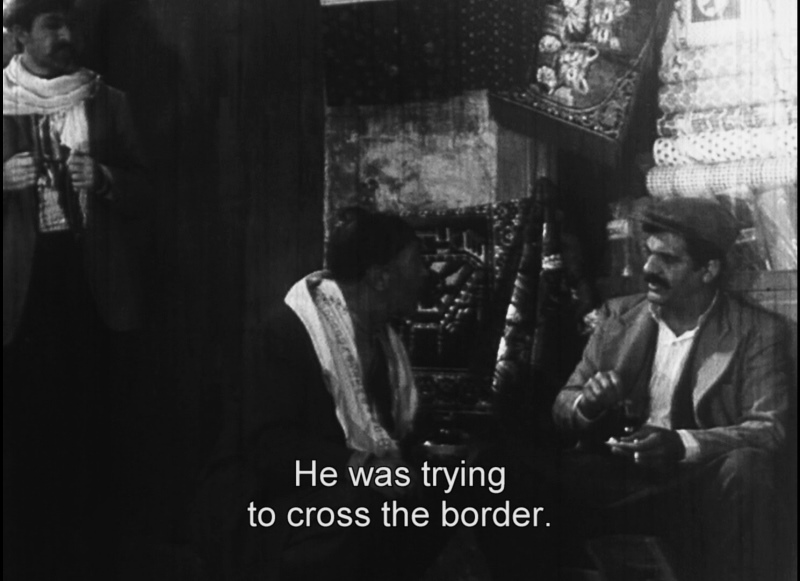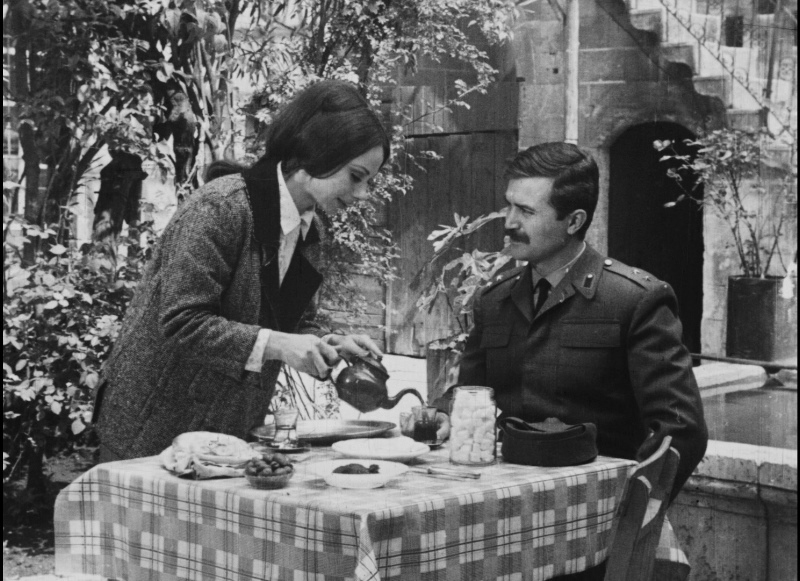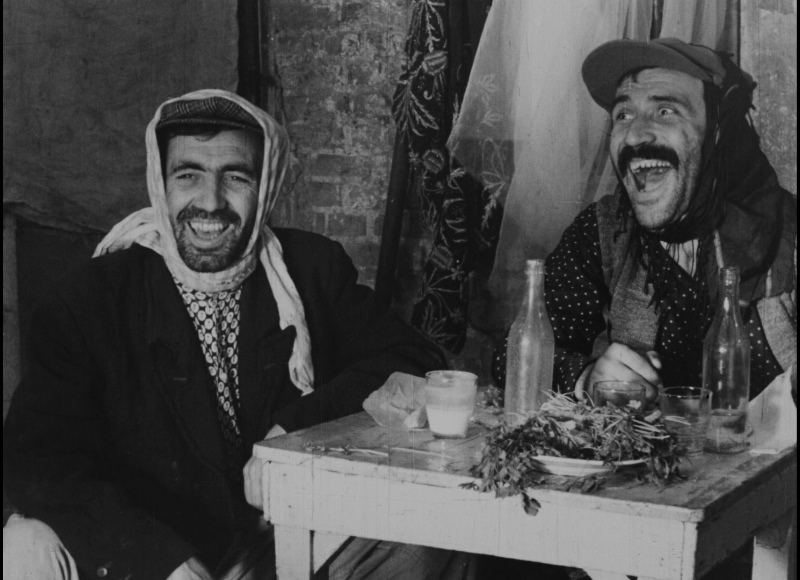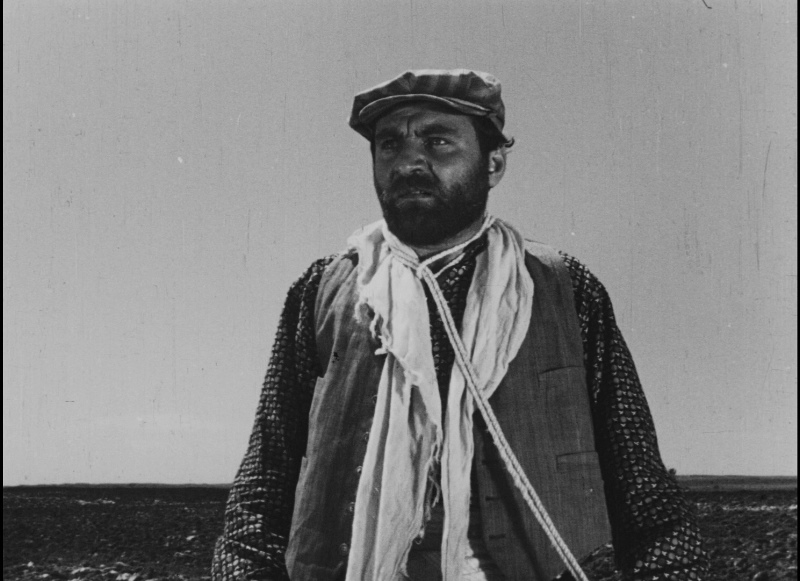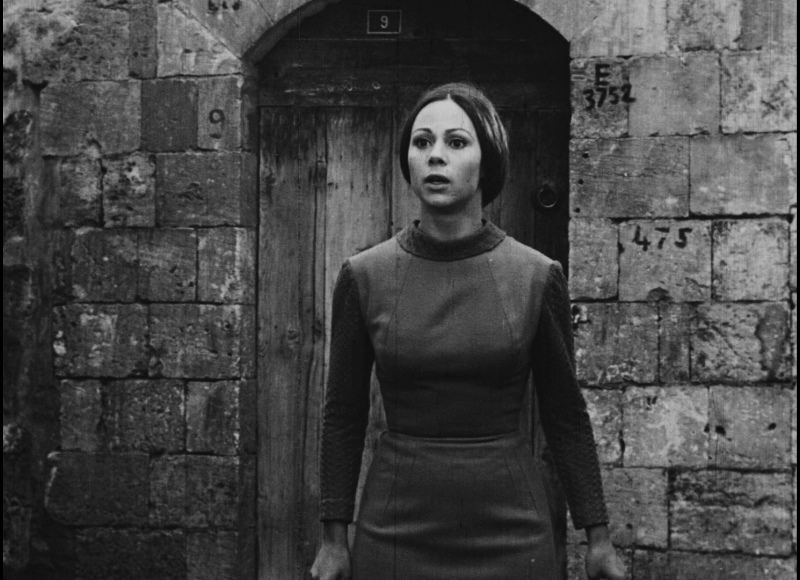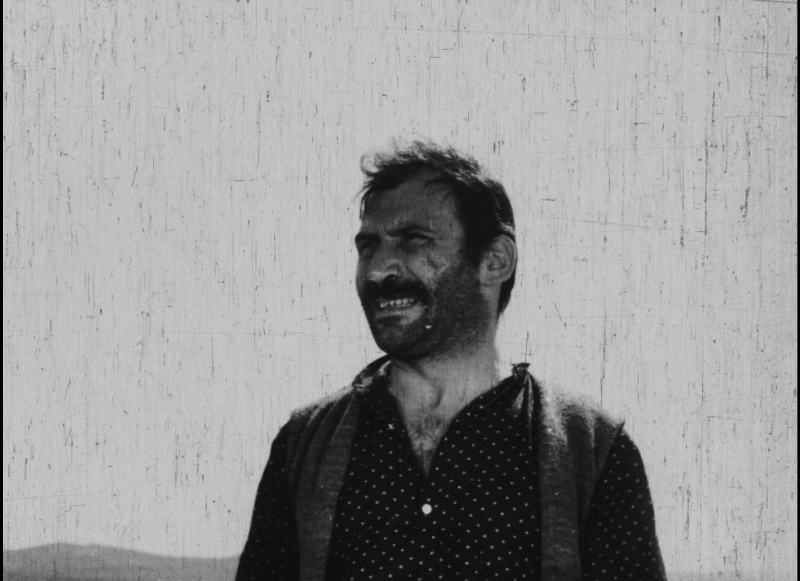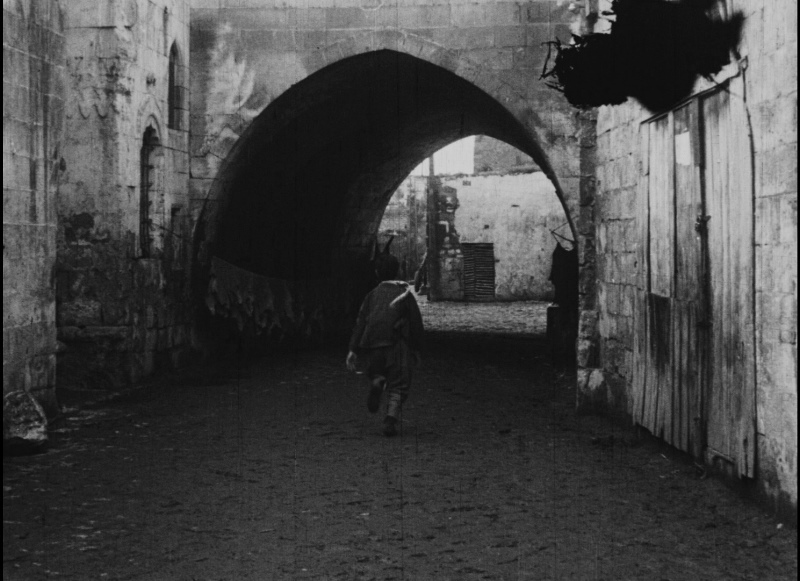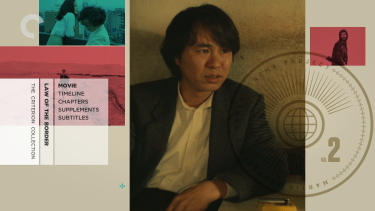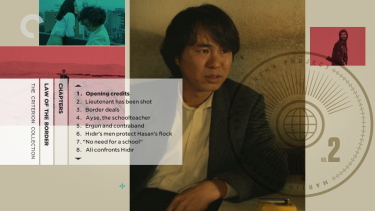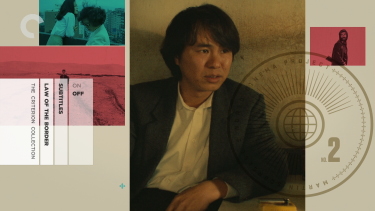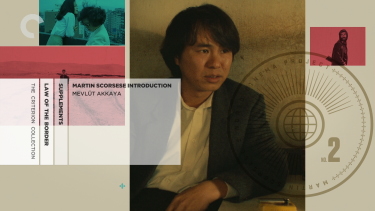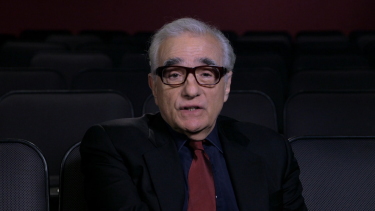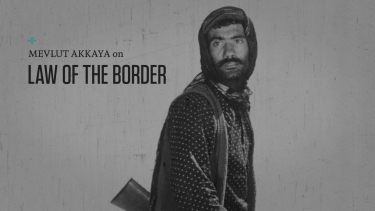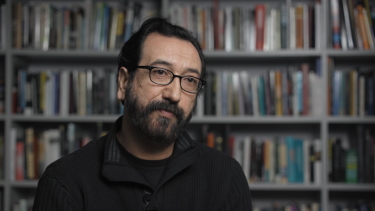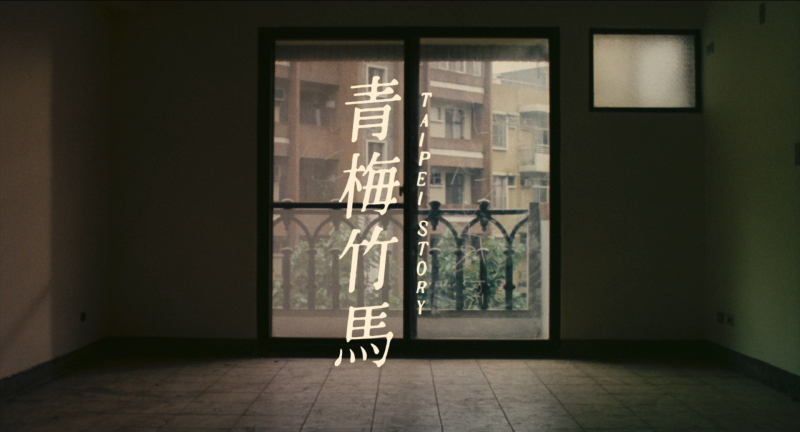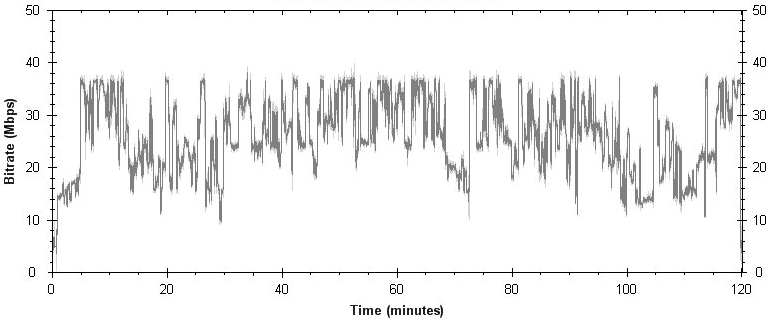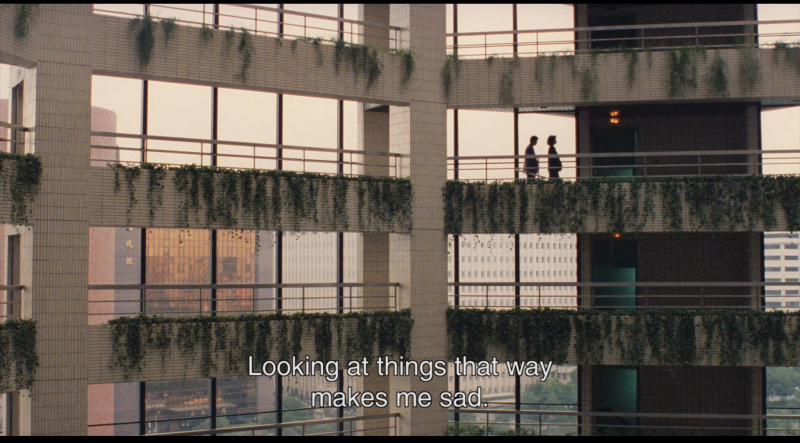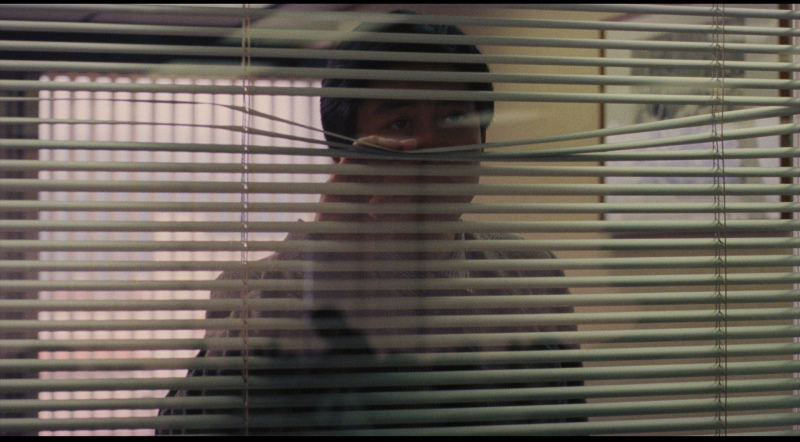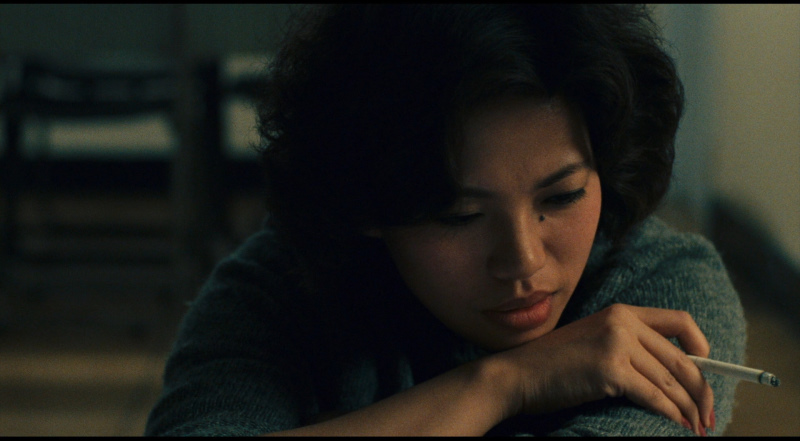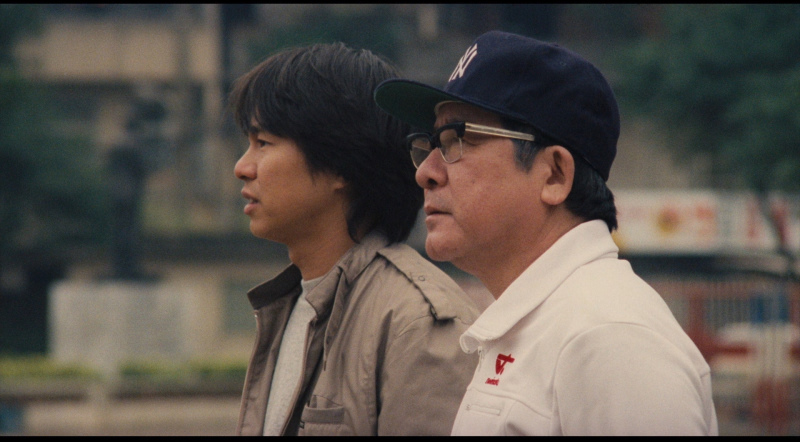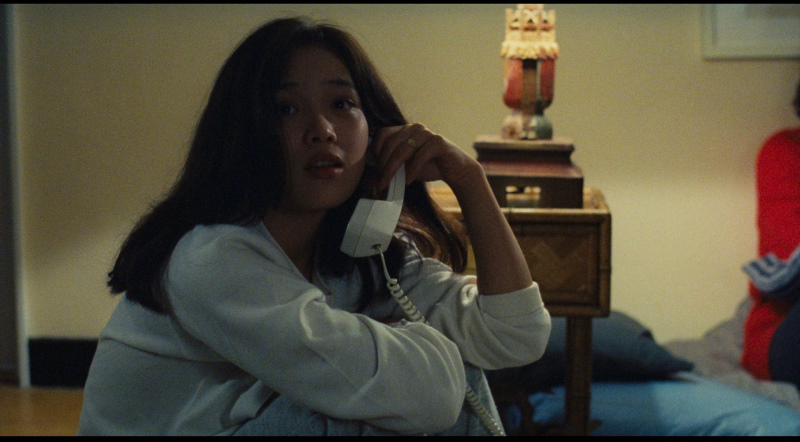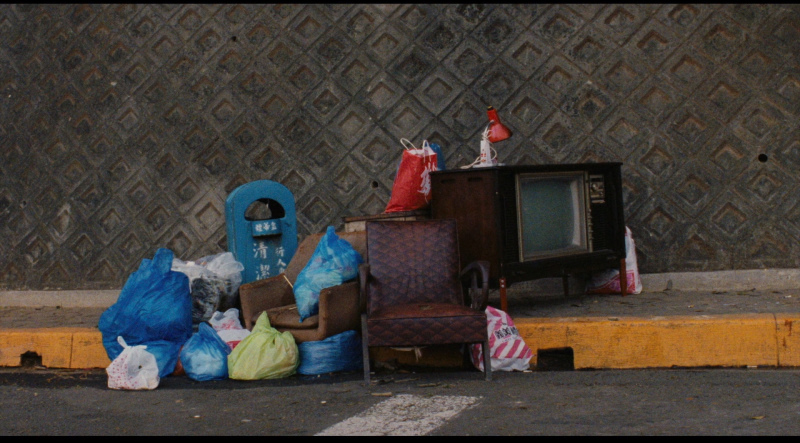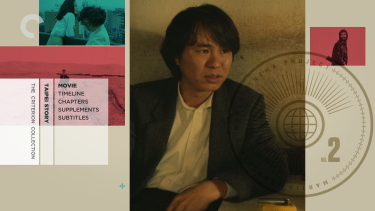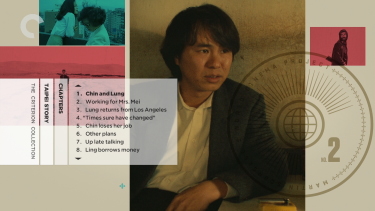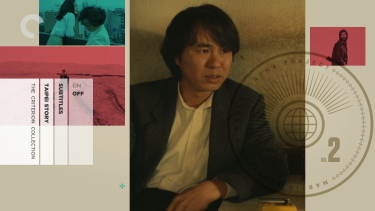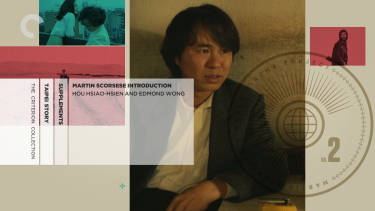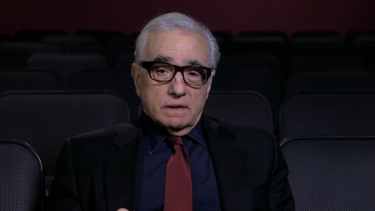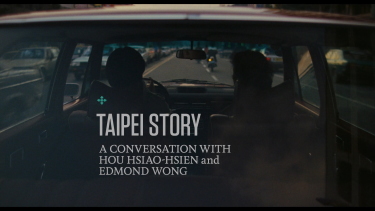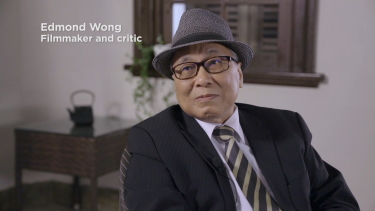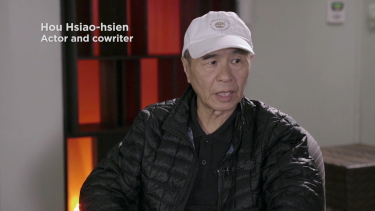|
We have started a Patreon page with the hopes that
some of our followers would be
willing to donate a small amount to keep DVDBeaver
alive. We are a tiny niche, so your
generosity is vital to our
existence.
We are talking about a minimum of
$0.10 - $0.15 a day, perhaps a
quarter (or more) to those who won't
miss it from their budget. It
equates to buying DVDBeaver a coffee
once, twice or a few times a month.
You can then participate in our
monthly
Silent
auctions,
and have exclusive access to many 'bonus' High Resolution screen captures - both
4K UHD
and
Blu-ray
(see
HERE). |
![]()
![]()

![]()
![]()
|
Search DVDBeaver |
S E A R C H D V D B e a v e r |
|
|
World Cinema Project - Volume 2 aka Martin Scorsese’s World Cinema Project [Blu-ray]
9 discs (3 Blu-rays / 6 DVDs):Blu-ray One:Insiang (Lino Brocka, 1976) and Mysterious Object at Noon (Apichatpong Weerasethakul, 2000)
Blu-ray Two:Revenge (Ermek Shinarbaev, 1989) and Limite (Mário Peixoto, 1931)
Blu-ray Three:
|
|
|
Insiang (Lino Brocka, 1976)
Disc:
Runtime: 1:34:29.205
Disc Size: 48,618,589,255 bytes
Feature Size: 21,668,640,768 bytes
Video Bitrate: 26.84 Mbps
Chapters: 17
Bitrate:
|
|
Video:
Aspect ratio: 1.37:1
Audio:
LPCM Audio Tagalog 1152 kbps 1.0 / 48 kHz / 1152 kbps / 24-bit
Extras:
• Scorsese Introduction (2:04)
• Interview with Pierre Rissient (14:38)
The Film:
Description: Filipino director Lino Brocka was a force of nature in world cinema, his powerful work illuminating the harsh social realities of life in his home country. His films have been largely unavailable on DVD and Blu-ray but now, thanks to Martin Scorsese's World Cinema Project, his two finest works have been rescued from obscurity and restored in 4K.
Insiang is the story of a girl who, having been raped
by her mother's boyfriend, seeks comfort in the arms of her
would-be suitor Bebot. Finding him little better than her
attacker, she is forced to return home where she sets about
exacting her revenge.
Restoration:
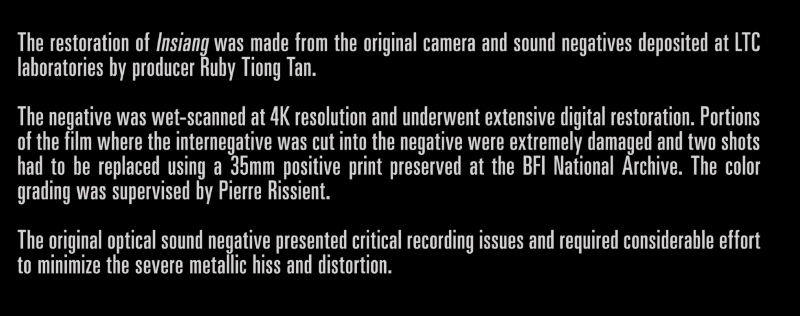
***
Lino Brocka's films combine popular melodrama, political import, and intense realism with a vivid, economical style. Made on impossibly low budgets on the fringes of the Philippine film industry, his movies have an urgency and immediacy that spring both from Brocka's burning ideological commitments (he was one of the most outspoken critics of the Marcos regime) and his resourceful, imaginative approach to the exigencies of borderline production. Set in the Manila slums, this 1976 effort is centered on a teenage girl struggling to stay afloat in the overwhelming, dehumanizing poverty that surrounds her. Her mother, who operates a tiny fish market, takes in a local hood as a lover, but the thuggish pretty-boy is clearly more interested in Insiang. After he rapes her (in a single-take sequence astonishing in its curtness and brutality,) Insiang plans her revenge—a revenge that is also a revolution against the unseen government that endorses the system of exploitation. With Hilda Koronel.
Excerpt from Dave Kehr of the Chicago Reader located HER
Image : NOTE: The below Blu-ray captures were taken directly from the Blu-ray disc.
Insiang looks wonderful on Blu-ray from Criterion. The 4K restoration is the same as the one used on BFI's Lino Brocka: Two Films Blu-ray. The HD image looks identical. Colors are rich and vibrant - the high resolution supports a film-like image with pleasing depth. The film is pristinely clean showcasing some hi-def detail in the occasional close-ups. Insiang looks bright and crisp containing a bit of gloss. Texture is finely supported and this 1080P produces extremely pleasing visuals.
CLICK EACH BLU-RAY CAPTURE TO SEE ALL IMAGES IN FULL 1920X1080 RESOLUTION
|
1) BFI's "Lino Brocka: Two Films"
-
Region 'B' -
Blu-ray TOP |
|
1) BFI's "Lino Brocka: Two Films" -
Region 'B' -
Blu-ray TOP
|
|
1) BFI's "Lino Brocka: Two Films" -
Region 'B' -
Blu-ray TOP
|
|
1) BFI's "Lino Brocka: Two Films" -
Region 'B' -
Blu-ray TOP
|
Audio :
Criterion offer a linear PCM 1.0 channel at 1152 kbps in the original Tagalog. The audio had issues that required addressing in restoration as an optical sound negative presented critical recording issues and required considerable effort to minimize the severe metallic hiss and distortion. It has a few imperfections but generally sounds clear, consistent and supports the film presentation very well after restoration. There are optional English subtitles and m
y Oppo has identified it as being a region 'A'-locked.
Extras :
As with all, a Scorsese introduction - but also Insiang has a 1/4 hour appreciation by film historian Pierre Rissient, who supervised the color grading on this restoration, has worked with Jean-Luc Godard, as an assistant director on Ŕ bout de souffle (1960), was press secretary of Bertrand Tavernier, and for more than forty years has been artistic advisor to the Festival de Cannes.
|
|
|
|
|
|
|
|
|
|
|
|
(aka "Dokfa nai meuman" )
|
Mysterious Object at Noon (Apichatpong Weerasethakul, 2000)
Disc: Runtime: 1:29:46.422 Disc Size: 48,618,589,255 bytes Feature Size: 21,505,271,808 bytes Video Bitrate: 26.25 Mbps Chapters: 17
Bitrate: |
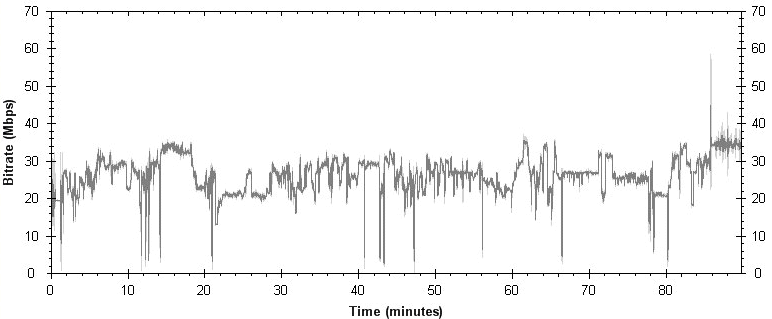 |
|
Video: Aspect ratio: 1.60:1
Audio: DTS-HD Master Audio Thai 4060 kbps 5.1 / 48 kHz / 4060 kbps / 24-bit (DTS Core: 5.1 / 48 kHz / 1509 kbps / 24-bit)
Extras: • Scorsese Introduction (1:40) • Interview with Apichatpong Weerasethakul (18:16)
The Film:
This masterpiece from new Thai director Apichatpong Weerasethakul blends fiction and non-fiction into a new form of cinema previously forged by Hou Hsiao-hsien and Abbas Kiarostami. For his low-budget, 85-minute, black-and-white film, Weerasethakul traveled all over Thailand, inviting people to continue the storyline he has begun about a teacher, her student, and a mysterious boy who has suddenly appeared and has magic powers. Whenever eager storytellers are not crowded in the frame tossing out ideas faster than any Hollywood pitch meeting, Weerasethakul's camera simply follows the day-to-day events of the region -- from fishmongers selling their wares to children playing with a dog. Excerpt of review from Jeffrey A. Anderson located HERE Restoration:
Apichatpong Weerasethakul brought an appetite for experimentation to Thai cinema with his debut feature, an uncategorizable work that refracts documentary impressions of his homeland through the surrealist concept of the exquisite corpse game. Enlisting locals to contribute improvised narration to a simple tale, Apichatpong charts the collective construction of the fiction as each new encounter imbues it with unpredictable shades of fantasy and pathos. Shot over the course of two years in 16 mm black and white, Mysterious Object at Noon established the director’s fascination with the porous boundaries between the real and the imagined. Image : NOTE: The below Blu-ray captures were taken directly from the Blu-ray disc.
This is the same restoration as utilized in Second Run's Blu-ray from a year ago (reviewed HERE.) The Criterion image is a shade darker with deeper black levels. It also shows the grain textures a bit more prominently. The modest production roots shine through accurately in 1080P - this is how the film originally presents. It will never look significantly better than this. |
CLICK EACH BLU-RAY CAPTURE TO SEE ALL IMAGES IN FULL 1920X1080 RESOLUTION
|
1) Second Run - Region FREE - Blu-ray - TOP 2) Criterion - Region 'A' - Blu-ray - BOTTOM
|
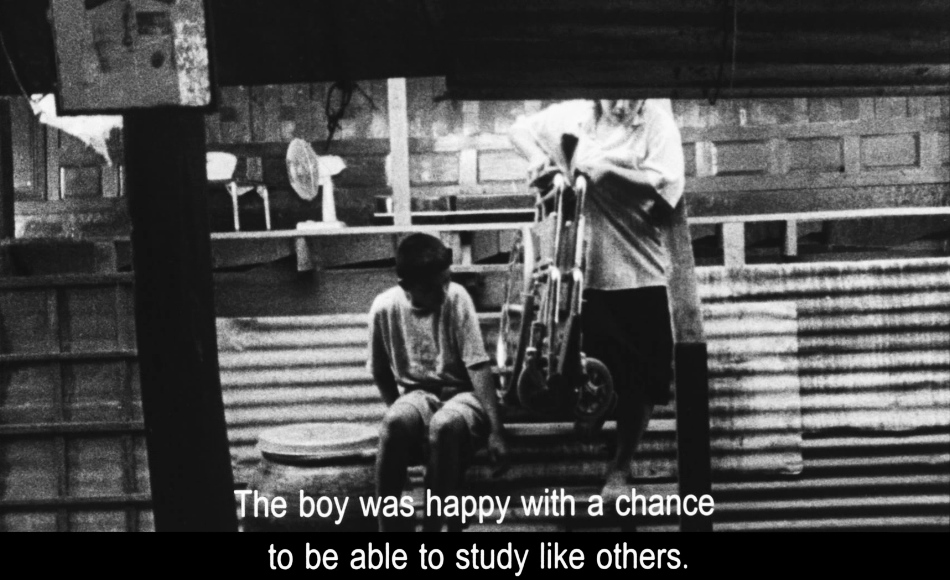 |
|
1) Plexifilm - Region 0 - NTSC - TOP 2) Second Run - Region FREE - Blu-ray - MIDDLE 3) Criterion - Region 'A' - Blu-ray - BOTTOM |
|
|
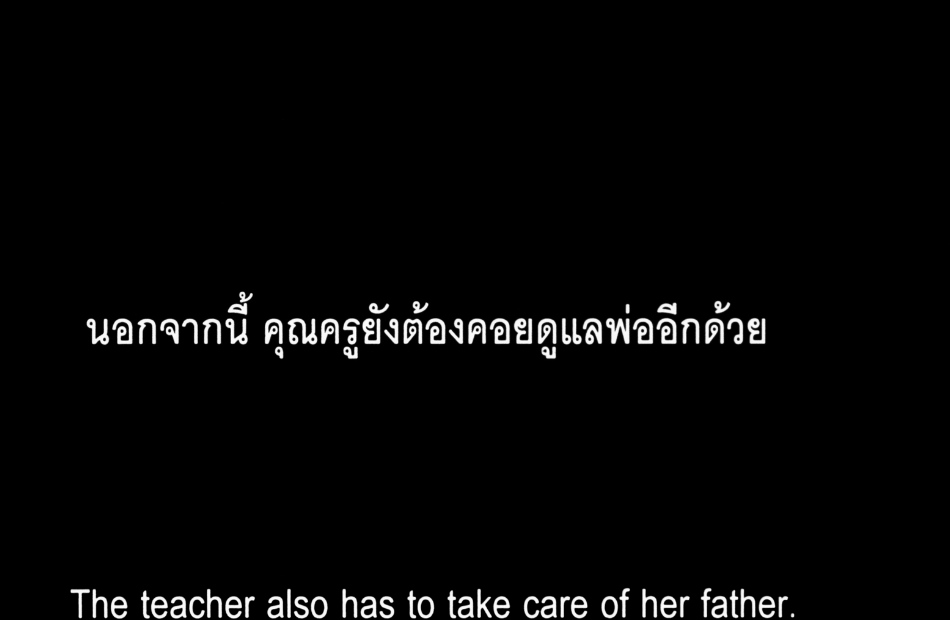 |
|
1) Plexifilm - Region 0 - NTSC - TOP 2) Second Run - Region FREE - Blu-ray - MIDDLE 3) Criterion - Region 'A' - Blu-ray - BOTTOM |
|
|
Audio :Criterion offer a DTS-HD Master track, 5.1 surround, in original Thai, at a whopping 4060 kbps (24-bit). Street noises carry some surprising depth with a few adroit separations via the lossless. There are burned-in English subtitles, as per the restored source, and my Oppo has identified it as being a region 'A'-locked.
Extras : As with all, a Scorsese introduction - usually relating his personal connection to the film and stating its worthiness to be a part of the foundation. - but also an insightful, 18-minute interview with Apichatpong Weerasethakul, that shouldn't be missed.
|
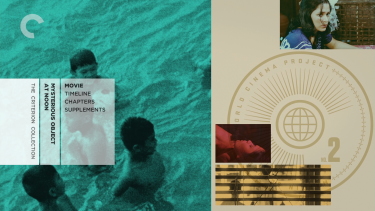 |
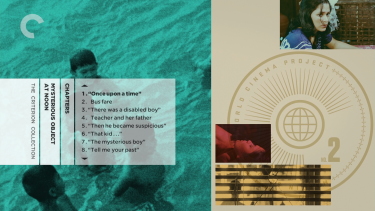 |
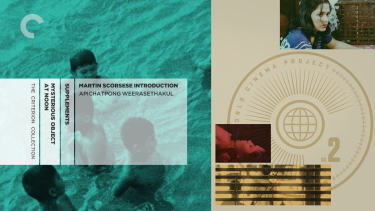 |
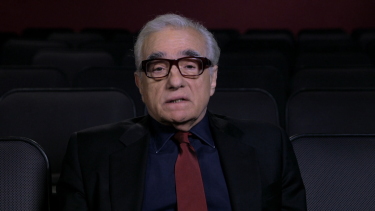 |
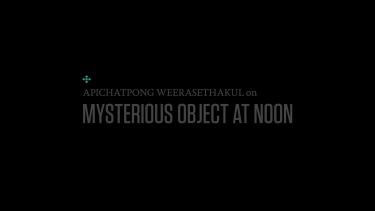 |
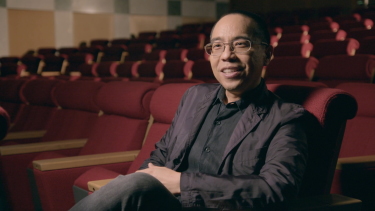 |
|
(aka "Mest" or "The Reed Flute" ) Revenge (Ermek Shinarbaev, 1989)
Disc: Runtime: 1:40:00.786 Disc Size: 48,628,562,698 bytes Feature Size: 20,700,020,736 bytes Video Bitrate: 24.00 Mbps Chapters: 12
Bitrate:
Video: Aspect ratio: 1.37:1
Audio: LPCM Audio Russian 1152 kbps 1.0 / 48 kHz / 1152 kbps / 24-bit
Extras: • Scorsese Introduction (1:48) • Interview with Ermek Shinarbaev (18:51)
The Film: A child is raised in Korea to avenge the death of his father’s first child in this decades-spanning tale of obsession and violence, the third collaboration between director Ermek Shinarbaev and writer Anatoli Kim. A study of everyday evil infused with philosophy and poetry, this haunting allegory was the first Soviet film to look at the Korean diaspora in central Asia, and a founding work of the Kazakh New Wave. Rigorous and complex, Revenge weaves luminous imagery with inventive narrative elements in an unforgettable meditation on the way trauma is passed down through generations. *** Restoration:
The restoration of Revenge, used the original camera negative, the sound negative and a positive print provided by the Kazakhfilm Studio and held at the State Archive of the Republic of Kazakhstan. Special thanks to director Ermek Shinarbaev for actively participating in the restoration. ***
Set largely in Korea and China, and spanning the 1910s to 1940s, Ermek
Shinarbaev’s epic masterpiece unites the resonant pictoriality of
certain Far Eastern cinema with a mysticism rooted in the Russian
tradition: a fitting and harmonic convergence for this collaboration
(one of three) between the Kazakh director and Korean-Russian writer
Anatoli Kim. Excerpt from The Masters of Cinema Website located HERE In ancient Korea, a king trains his son as a warrior in order to overcome a strain of inordinate gentleness he sees in him. His intentions are shown to have succeeded when the boy, now king, banishes a poet friend of his for improperly criticizing him. In modern Korea, when a girl is killed for no reason by her teacher, her father vows to get revenge for that someday. The killer has vanished over the border into China, and the father has remarried and had a son, whom he trains to carry out his revenge. Excerpt from MRQE located HERE Image : NOTE: The below Blu-ray captures were taken directly from the Blu-ray disc. Revenge was a part of Volume 1 of Masters of Cinema's World Cinema Project Blu-ray package from 2013 (reviewed HERE.) It comes from the same restoration, and we can repeat our comments - "The image is rich and bright - with impressive colors - bordering on vibrant. Contrast is solid and the 1080P produces a beautiful, 1.37:1, presentation. There is no noise, or artifacts, and many scenes have a sense of depth. This Blu-ray has a nice realistic feel with a reasonable film-like sense to it. Visually this gets high marks - notable for the colors and pleasing texture."
CLICK EACH BLU-RAY CAPTURE TO SEE ALL IMAGES IN FULL 1920X1080 RESOLUTION
Audio :Criterion transfer the film's audio via a LPCM mono track at 1152 kbps, but advance over the Masters of Cinema transfer making it 24-bit. The original Russian dialogue also sounds clean with a few natural sounds (rain, ocean waves etc.) exporting depth. There were no flaws and the uncompressed audio seemed to support the film - akin to its original, flat, state. There are optional English subtitles and m y Oppo has identified it as being a region 'A'-locked.
Extras : Another good groundwork for appreciating the film with Scorsese's introduction - and we also get an 18-minute interview with the film's director, Ermek Shinarbaev (sometimes credited as 'Yermek Shinarbayev'), who is also winner of a 'gold leopard' at the Locarno Festival in 1993 for his film Azghyin ushtykzyn'azaby. Revenge was actually broadcast, for the first time in France, at the Cannes Film Festival 2010.
Limite (Mário Peixoto, 1931)
Disc: Runtime: 1:58:23.262 Disc Size: 48,628,562,698 bytes Feature Size: 24,487,366,656 bytes Video Bitrate: 23.99 Mbps Chapters: 19
Bitrate:
Video: Aspect ratio: 1.37:1
Audio: LPCM Audio Portuguese 2304 kbps 2.0 / 48 kHz / 2304 kbps / 24-bit
Extras: • Scorsese Introduction (1:55) • Walter Salles (14:12)
The Film: An astonishing creation, Limite is the only feature by the Brazilian director and author Mário Peixoto, made when he was just twenty-two years old. Inspired by a haunting André Kertész photograph on the cover of a French magazine, this avant-garde silent masterpiece centers on a man and two women lost at sea, their pasts unfolding through flashbacks propelled by the music of Erik Satie, Claude Debussy, Igor Stravinsky, and others. An early work of independent Latin American filmmaking, Limite was famously difficult to see for most of the twentieth century. It is a pioneering achievement that continues to captivate with its timeless visual poetry. Restoration:
Mr. Peixoto, who is reportedly at work on something new, anticipated in "Limite" a great many camera movements that have since become commonplace, and the air of discovery is one of the things that keeps "Limite" exciting. His camera zooms in on a subject even if that means zooming out of focus, or executes a dizzyingly precarious 360-degree whirl. He shoots up at his actors from such a low angle that a telephone pole appears to hover over them, or devotes long sections of the film exclusively to the players' feet. His choices are flashy, impetuous and never less than interesting. Excerpt from the NYTimes located HERE Image : NOTE: The below Blu-ray captures were taken directly from the Blu-ray disc. Limite was a pure delight to finally just see, let alone, restored, on Blu-ray from Criterion. It is both the oldest selection in the boxset and has the most significant damage. The film was in an, obvious, state of decay - making the preservation all the more important. It can almost take on it's own Brakhage-esque stylistic presentation, also reminiscent of Bill Morrison's Decasia, but the deterioration often blends in beautifully with Peixoto's rich visuals. The 1080P quality, obviously, varies with some impressive detail in close-ups to odd fluctuations from warping within scenes to frames being totally obscured and compromised by factors relating to emulsion degradation. I, still, thought the film was beautiful, even in this state, and I greatly appreciated my viewing.
CLICK EACH BLU-RAY CAPTURE TO SEE ALL IMAGES IN FULL 1920X1080 RESOLUTION
Audio :Linear PCM (24-bit) of a remastered digital soundtrack created from archival recordings. It sounds quite strong with selections from Erik Satie, Claude Debussy, Igor Stravinsky etc. . I've shown, above, an example of an intertitle card, in original Portuguese, that is translated and indicates a missing section of the film. My Oppo has identified it as being a region 'A'-locked.
Extras : Another 2-minute Scorsese introduction - and we also get 1/4 hour appreciation by Brazilian, writer, producer, director Walter Salles (Central Station, Paris, je t'aime).
(aka "Hudutlarin kanunu" or "Law of the Border" )
Law of the Border (Lütfi Ö. Akad, 1966)
Disc: Runtime: 1:16:56.153 Disc Size: 48,213,008,801 bytes Feature Size: 17,131,880,448 bytes Video Bitrate: 26.00 Mbps Chapters: 19
Bitrate:
Video: Aspect ratio: 1.37:1
Audio: LPCM Audio Turkish 1152 kbps 1.0 / 48 kHz / 1152 kbps / 24-bit
Extras: • Scorsese Introduction (2:38) • Mevlüt Akkaya (16:54)
The Film: Set along the Turkish-Syrian frontier, this terse, elemental tale of smugglers contending with a changing social landscape brought together two giants of Turkish cinema. Director Lütfi Ö. Akad had already made some of his country’s most notable films when he was approached by Yılmaz Güney—a rising action star who would become Turkey’s most important and controversial filmmaker—to collaborate on this neo-western about a quiet man who finds himself pitted against his fellow outlaws. Combining documentary authenticity with a tough, lean poetry, Law of the Border transformed the nation’s cinema forever—even though it was virtually impossible to see for many years. ***
While the main story is about smuggling and a father Hidir (played by Yilmaz Güney) without a future fighting to give a future to his young son Yusuf (played by Hikmet Olgun), it is as much about the forces that push Hidir and his fellow villagers to smuggle and a telling of the plight of the poor and alienated group of people struggling to survive the only way they ever knew, from father to son. Faith Akin states that "Hudutların Kanunu underlines the importance of education, which is the crucial element of socio-economical progress in third world countries." This is the main message of the movie, to have the options to educate and to make a life is as important as hard work, that without a chance, people stagnate, even great people... Excerpt from Wikipedia located HERE* **Law of the Border is a film shot and produced in Turkey, primarily for domestic consumption, rather than for the international art house scene, since it doesn't seem too preoccupied with establishing a historic context for non-Turks. From what I've been able to read on the internet, the film reportedly ushered in a New Wave of sorts in that country's cinema when it premiered in 1966. Without any familiarity whatsoever with Turkish movies, or really much of anything that I could consider the authentic culture of that society, much less the underlying political intrigues that inform this 70 minute drama. Excerpt from Criterion Reflections located HERERestoration:
Image : NOTE: The below Blu-ray captures were taken directly from the Blu-ray disc. As warned by the text screen (see above) prior to the presentation, Law of the Border has some serious issues, on the best available sources, hindering a more satisfying restoration. Many sequences are clean and consistent while other show extensive scratches, noticeable marks and fluctuating contrast. I accept that the best was done with the source provided, and after a while, you aren't hindered by the film's state and can concentrate on the film and its important themes.
CLICK EACH BLU-RAY CAPTURE TO SEE ALL IMAGES IN FULL 1920X1080 RESOLUTION
Audio :C riterion's linear PCM transfer is mono and has some inconsistencies, like the video - a function of the weak condition of the source. I followed the film with ease but there are some dropouts during dialogue and imperfections throughout. There is a score attributed to Nida Tüfekçi, a Turkish folk music artist who played the bağlama. This was his only film credit. There are optional English subtitles and my Oppo has identified it as being a region 'A'-locked.
Extras : A 2-minute Scorsese introduction and an interesting 17-minute piece with film producer Mevlüt Akkaya.
(aka "Qing mei zhu ma" ) Taipei Story (Edward Yang, 1985)
Disc: Runtime: 2:00:02.069 Disc Size: 48,213,008,801 bytes Feature Size: 26,722,363,392 bytes Video Bitrate: 25.99 Mbps Chapters: 26
Bitrate:
Video: Aspect ratio: 1.85:1
Audio: LPCM Audio Hokkien / Mandarin 1152 kbps 1.0 / 48 kHz / 1152 kbps / 24-bit
Extras: • Scorsese Introduction (2:21) • Hou Hsiao-hsien and Edmond Wong (18:04)
The Film:
Edward Yang’s second feature is a mournful anatomy of a city caught between the past and the present. Made in collaboration with Yang’s fellow New Taiwan Cinema master Hou Hsiao-hsien, Taipei Story chronicles the growing estrangement between a washed-up baseball player (Hou, in a rare on-screen performance) working in his family’s textile business and his girlfriend (Tsai Chin), who clings to the upward mobility of her career in property development. As the couple’s dreams of marriage and emigration begin to unravel, Yang’s gaze illuminates the precariousness of domestic life and the desperation of Taiwan’s globalized modernity.
Restoration:
The disintegration of a relationship has undertones that find an echo in the possible disintegration of both the economy and the society in this intriguing tale from director Edward Yang. Qin (Cai Qin) has a high-paying job in a computer company, and her fiancé, Lon (Hou Xiaoxian), works in a textile company. Their relationship was never strong, since Lon still harbors some feelings for his ex-girlfriend and tends to dwell in his past glories as a baseball player. After Qin gets a new apartment for them both, everything collapses. She loses her job when the computer company is bought out, her father needs money, her sister needs an abortion, and she suspects that Lon is off seeing his old girlfriend. Lon himself shies away from marriage, gambles away whatever he earns, and worries about one of his friends in need of help. With these demands and strains on their relationship, matrimony hardly seems like a viable option. Excerpt from MRQE located HERE The film that introduced Yang's prodigious talent to the West is a quietly stunning drama which sees the various problems facing a rapidly modernised city reflected in the lives of a dozen or so subtly observed characters. At the centre are a troubled upper middle-class couple: a failed businessman lost in dreams of the past (Hou), and a budding executive whose reaction to redundancy is more in tune with the future. Though there's little in the way of story, Yang's insights and honesty about emotions ensure interest throughout; and it looks absolutely superb. Excerpt from TimeOut located HERE Image : NOTE: The below Blu-ray captures were taken directly from the Blu-ray disc. Taipei Story , along with Revenge, probably look the best of all the films of Volume 2 on Blu-ray. The cinematography is exquisite. It's a 4K scan of one of the more modern film selections of the World Cinema Project. The 1.85:1 visuals are consistent, thick and film-like with texture, exporting true colors and so many cinematographically rich sequences. I could have taken captures all day. Visually, so lush and impressive.
CLICK EACH BLU-RAY CAPTURE TO SEE ALL IMAGES IN FULL 1920X1080 RESOLUTION
Audio :Consistent with the other transfers and strongly representational of the original film we get another linear PCM mono track at 1152 kbps - this time in Hokkien / Mandarin. There are appears to be some, post sync issues but I didn't finds them fatally distracting - just noticeable. The film's subtle score is credited to, the director, Edward Yang. There are optional English subtitles and m y Oppo has identified it as being a region 'A'-locked.
Extras : A 'Marty' introduction (I feel I can call him this as we share the same birthday) for about 2.5-minutes. Plus we get an fascinating 15-minutes with Hou Hsiao-hsien and Edmond Wong. Criterion's, new, interview additions have real benefit to appreciation of the films, in my opinion.
BOTTOM LINE: Gary Tooze April 30th, 2017 |
|
About the Reviewer: Hello, fellow Beavers! I have been interested in film since I viewed a Chaplin festival on PBS when I was around 9 years old. I credit DVD with expanding my horizons to fill an almost ravenous desire to seek out new film experiences. I currently own approximately 9500 DVDs and have reviewed over 3500 myself. I appreciate my discussion Listserv for furthering my film education and inspiring me to continue running DVDBeaver. Plus a healthy thanks to those who donate and use our Amazon links.
Although I never wanted to become one of those guys who
focused 'too much' on image and sound quality - I
find HD is swiftly pushing me in that direction. 60-Inch Class (59.58” Diagonal) 1080p Pioneer KURO Plasma Flat Panel HDTV PDP6020-FD
Oppo Digital BDP-83 Universal Region FREE Blu-ray/SACD
Player APC AV 1.5 kVA H Type Power Conditioner 120V Gary W. Tooze ALL OUR NEW FORMAT DVD REVIEWS
|
![]()
![]()
![]()
![]()



